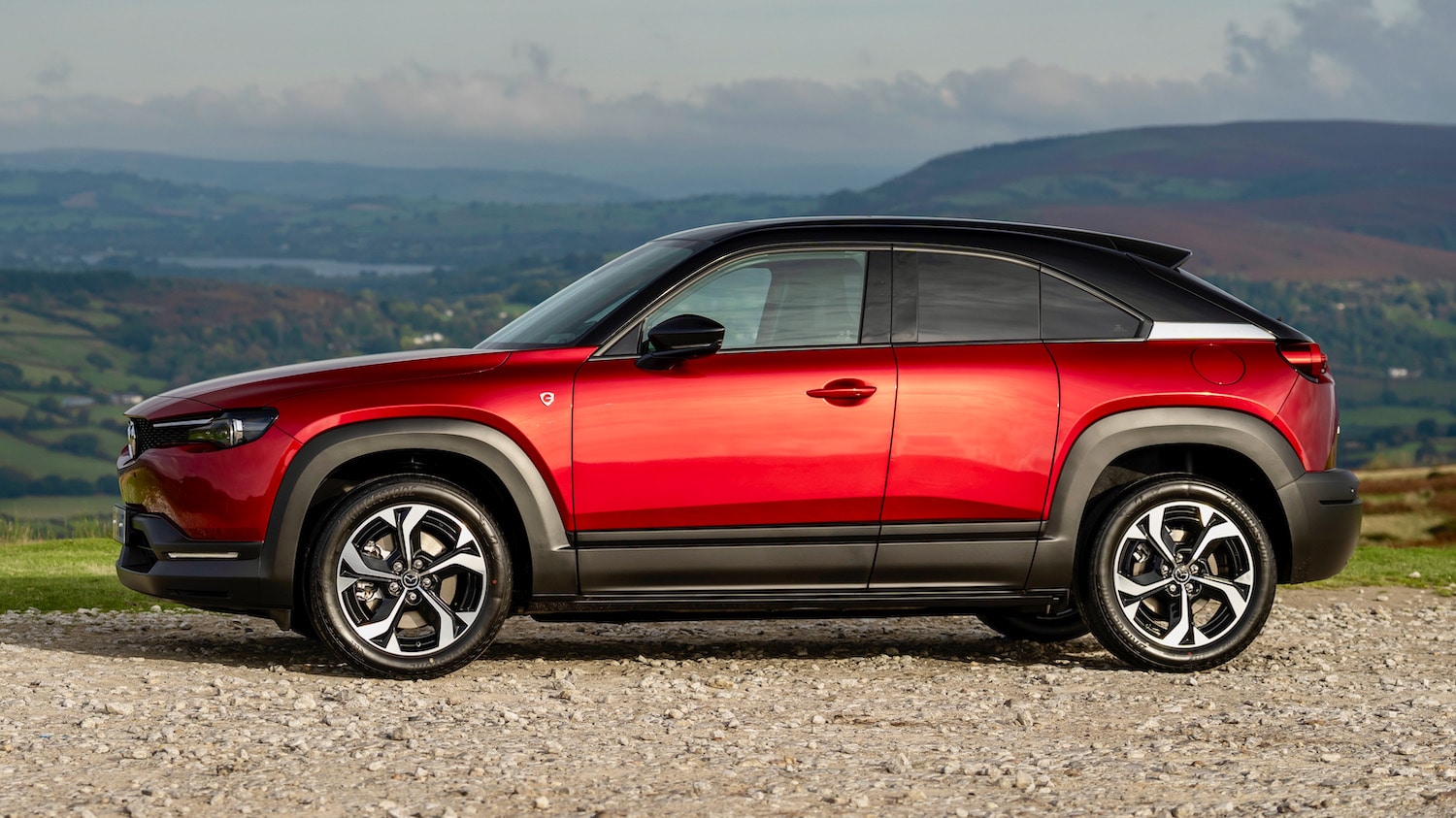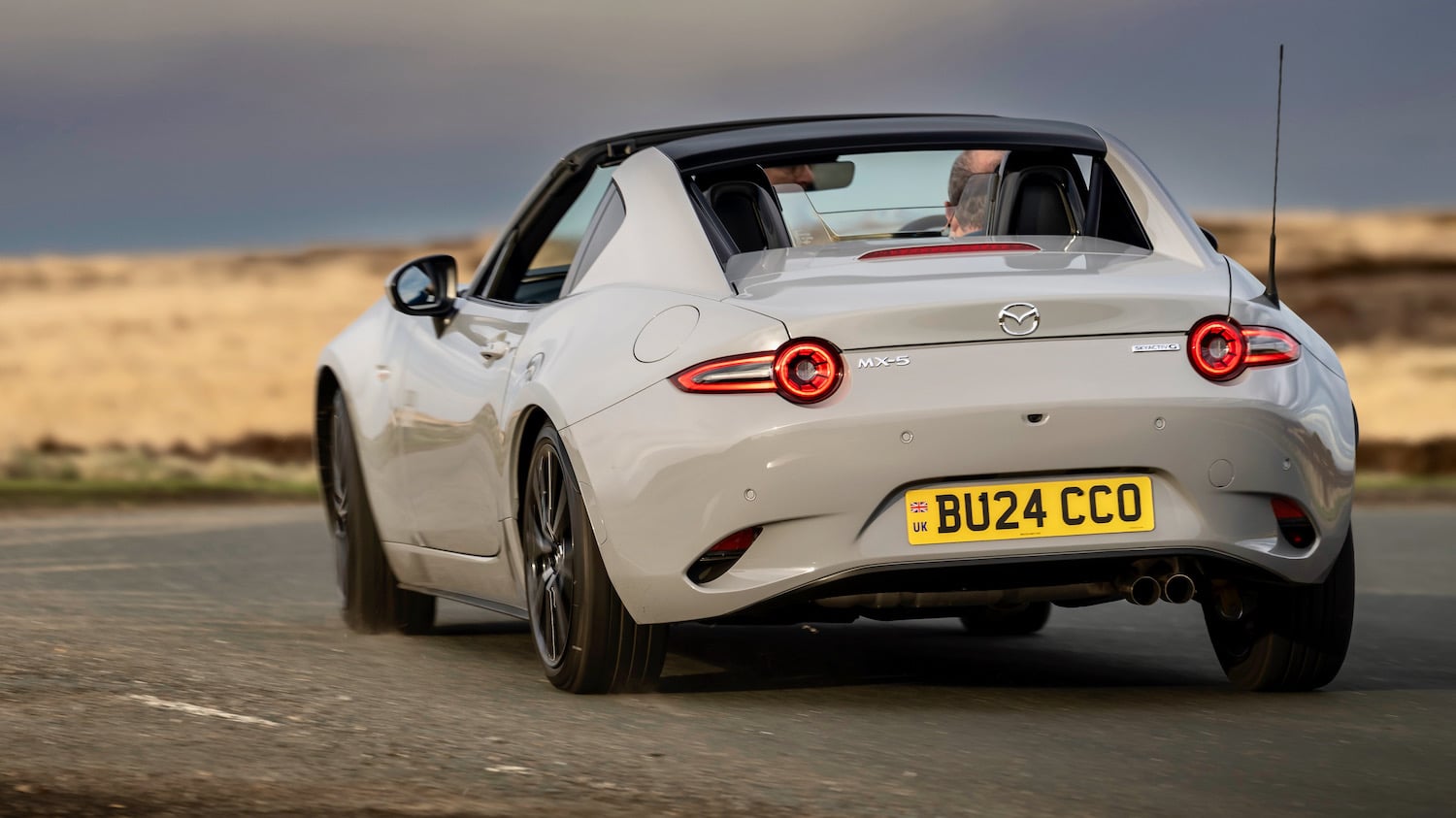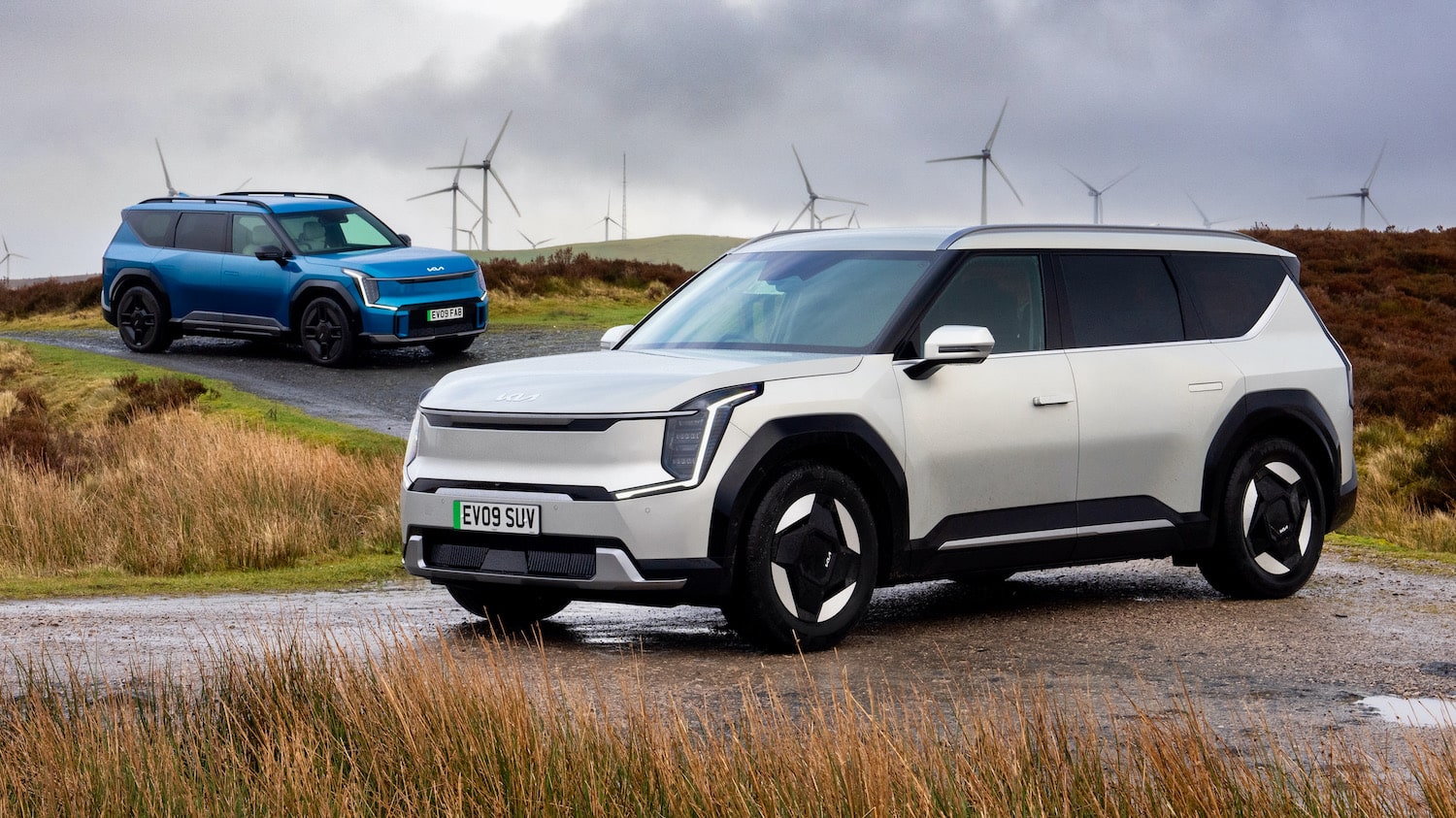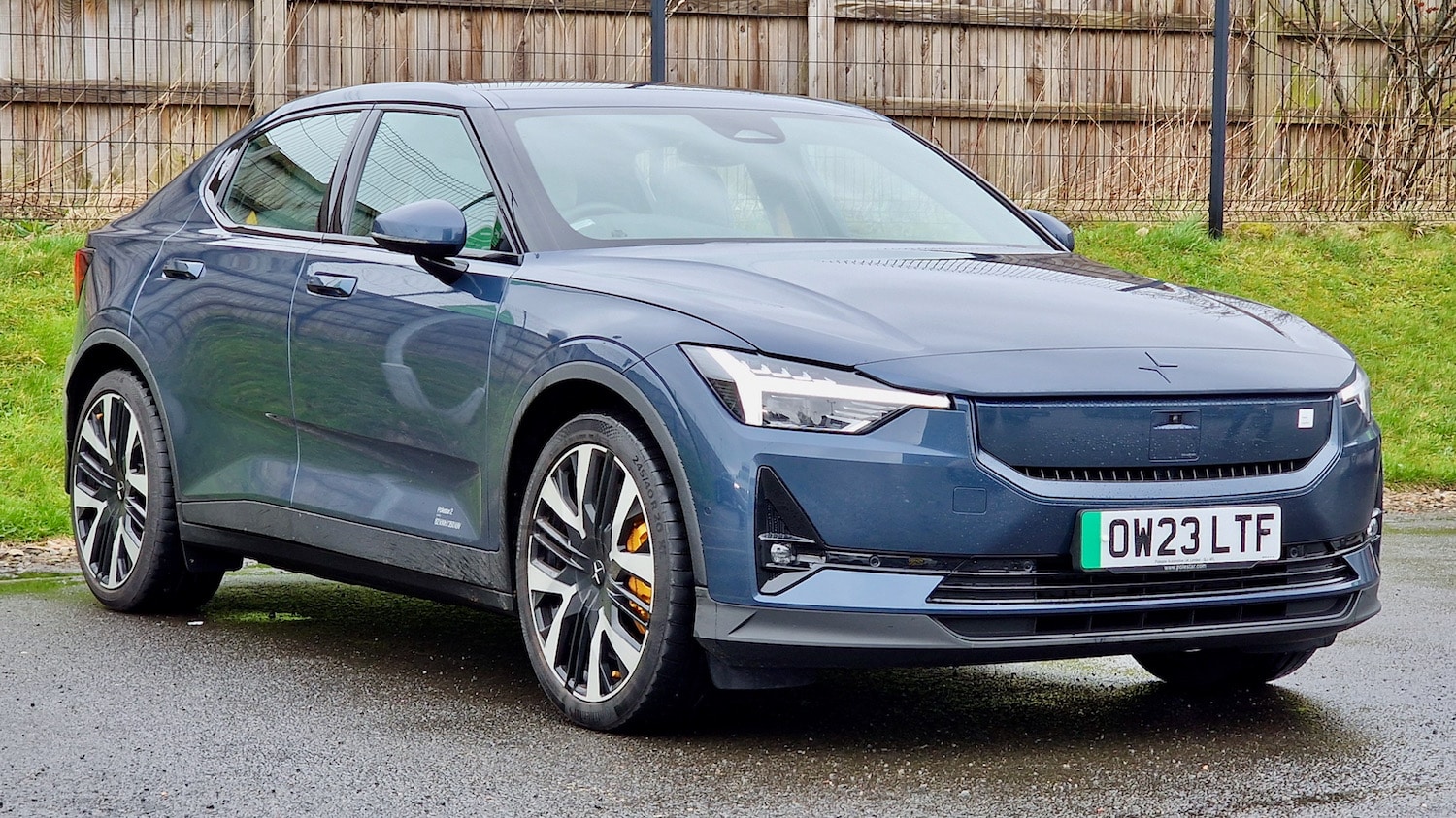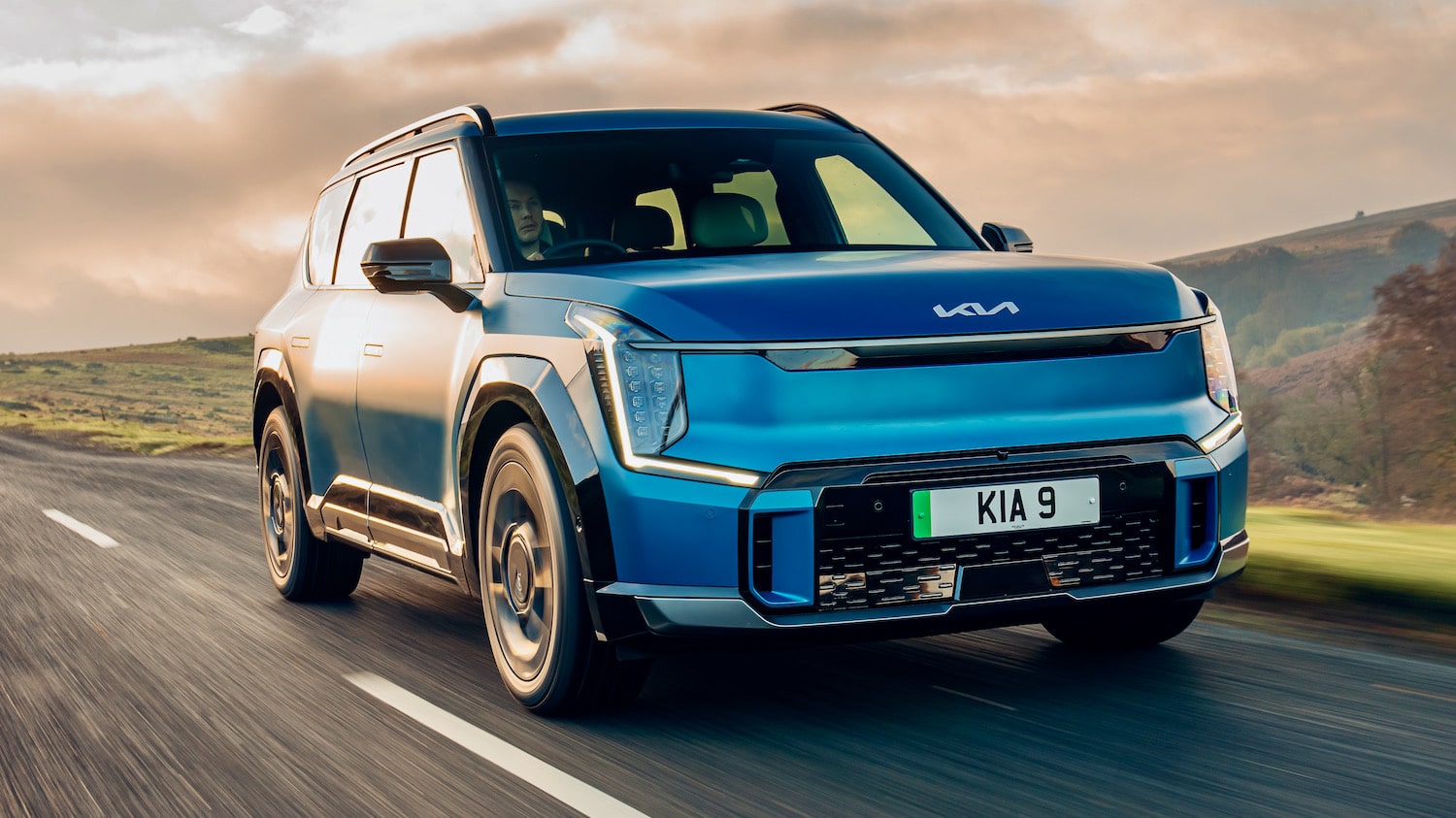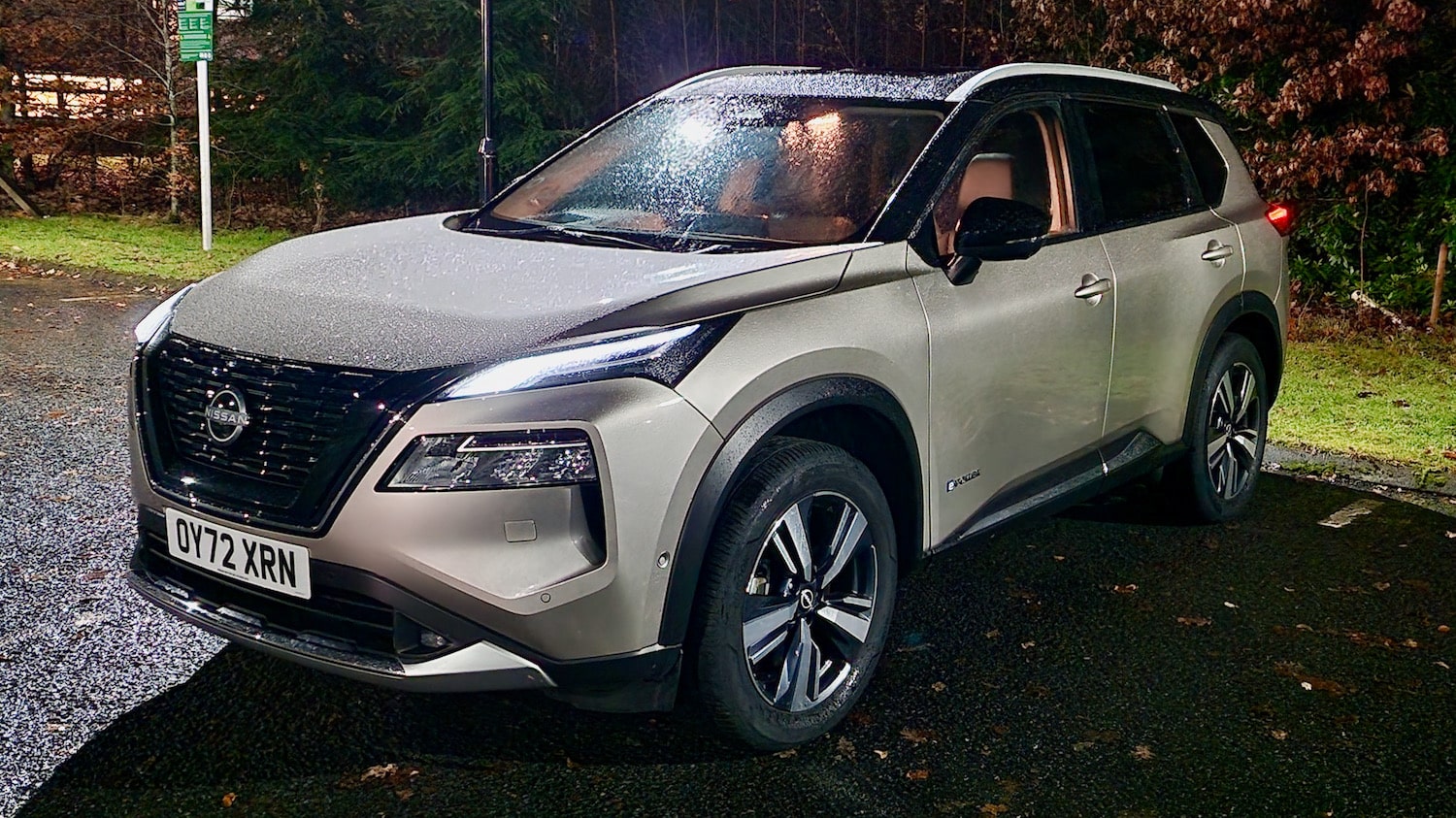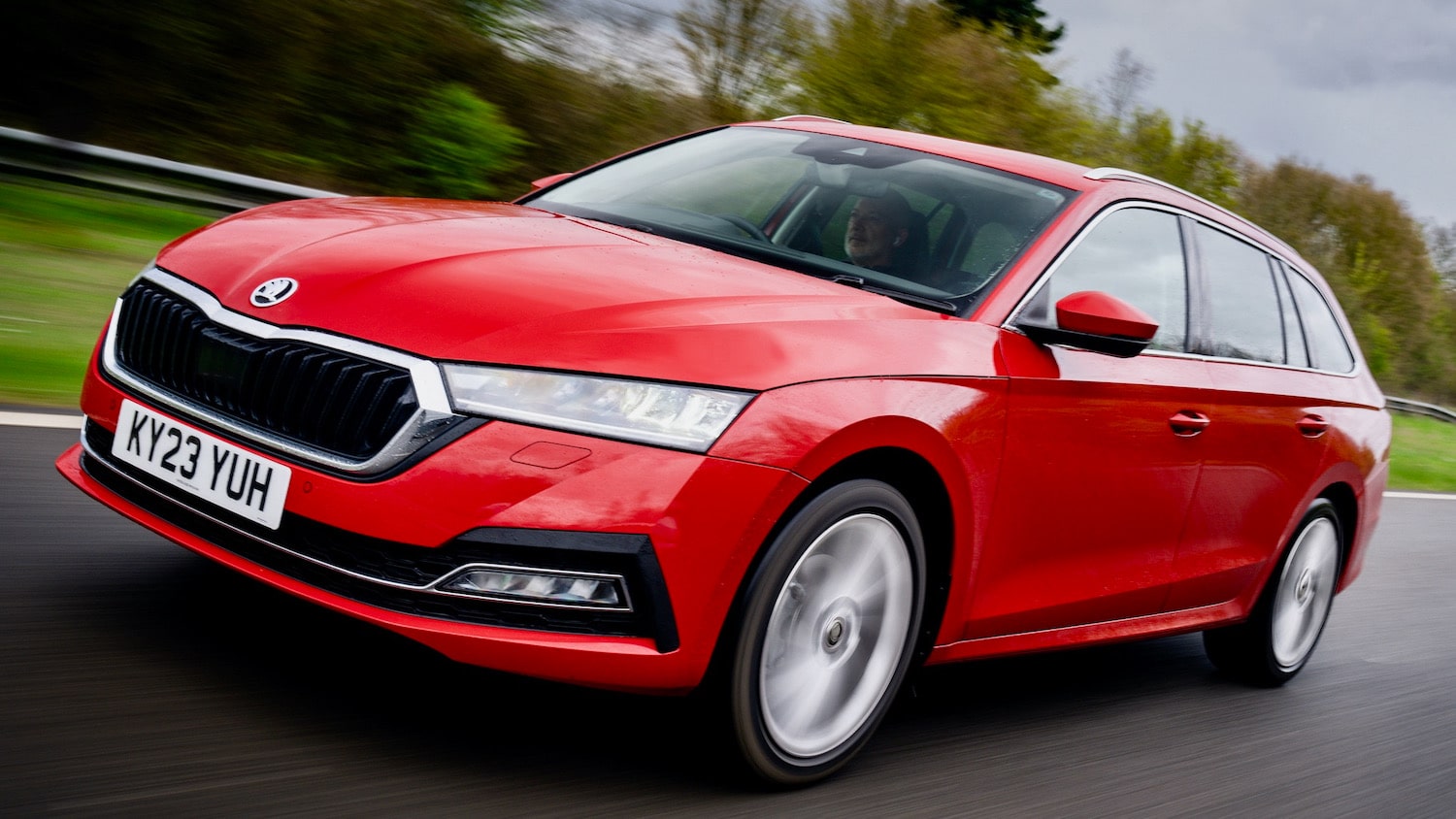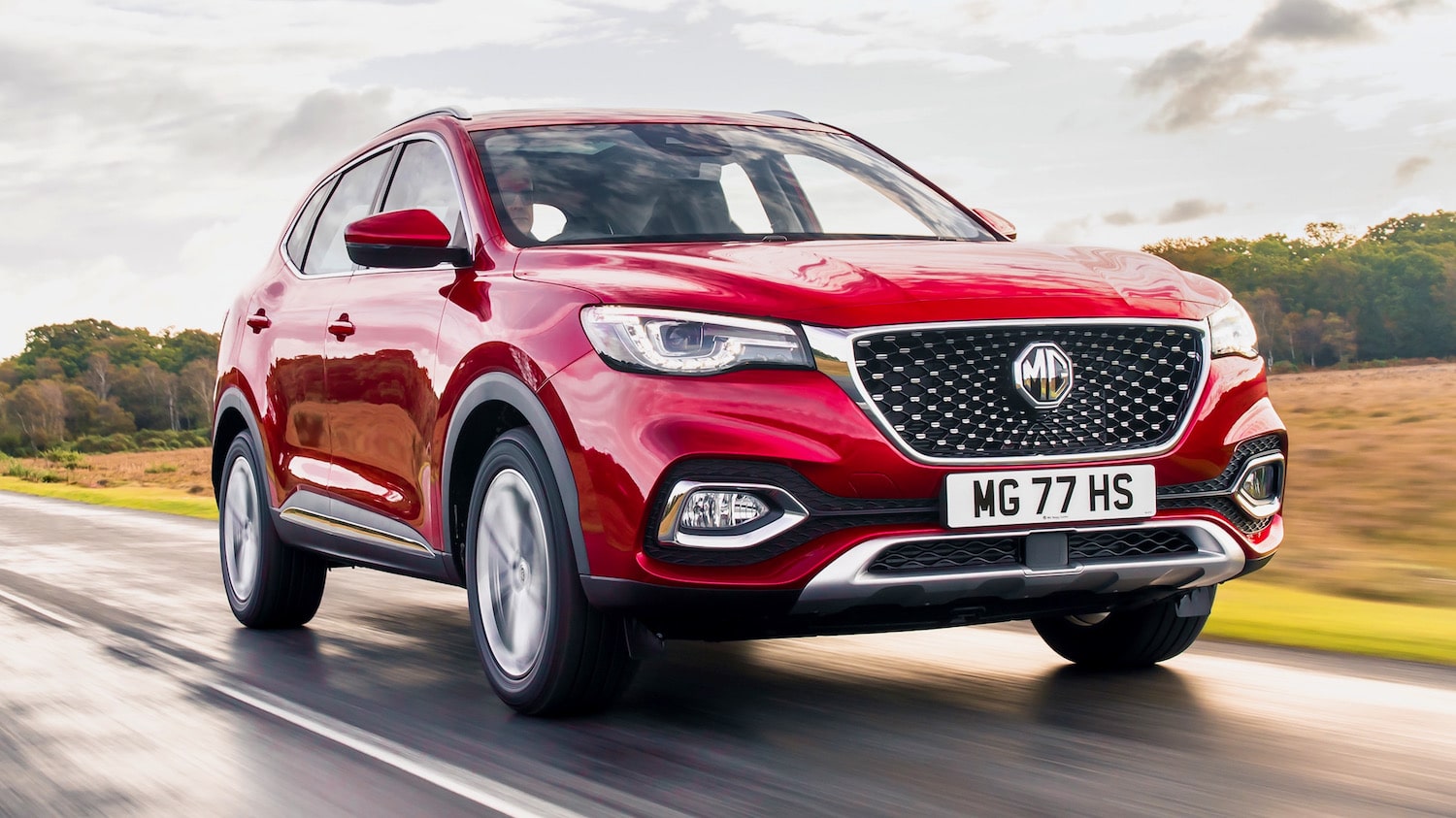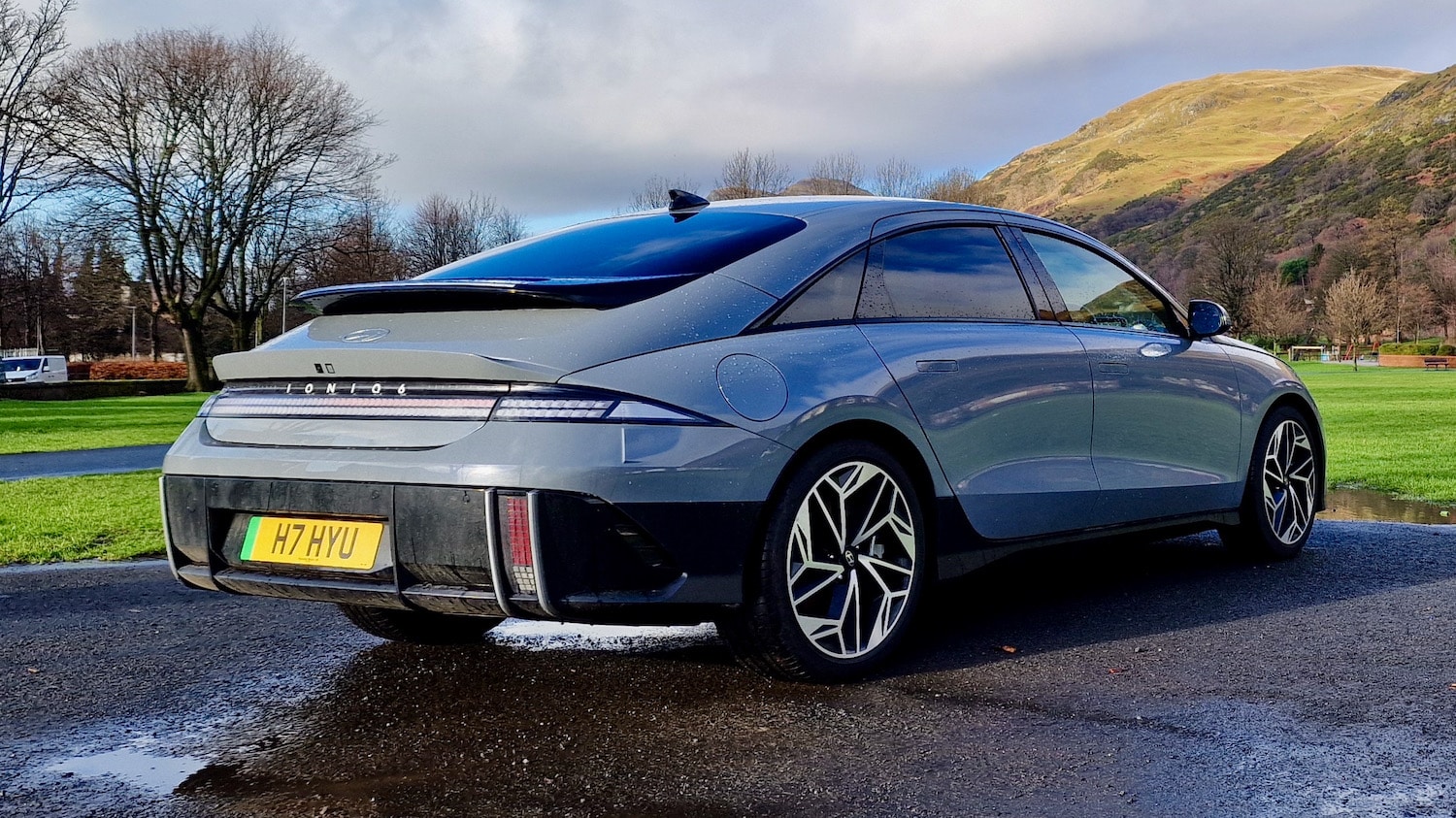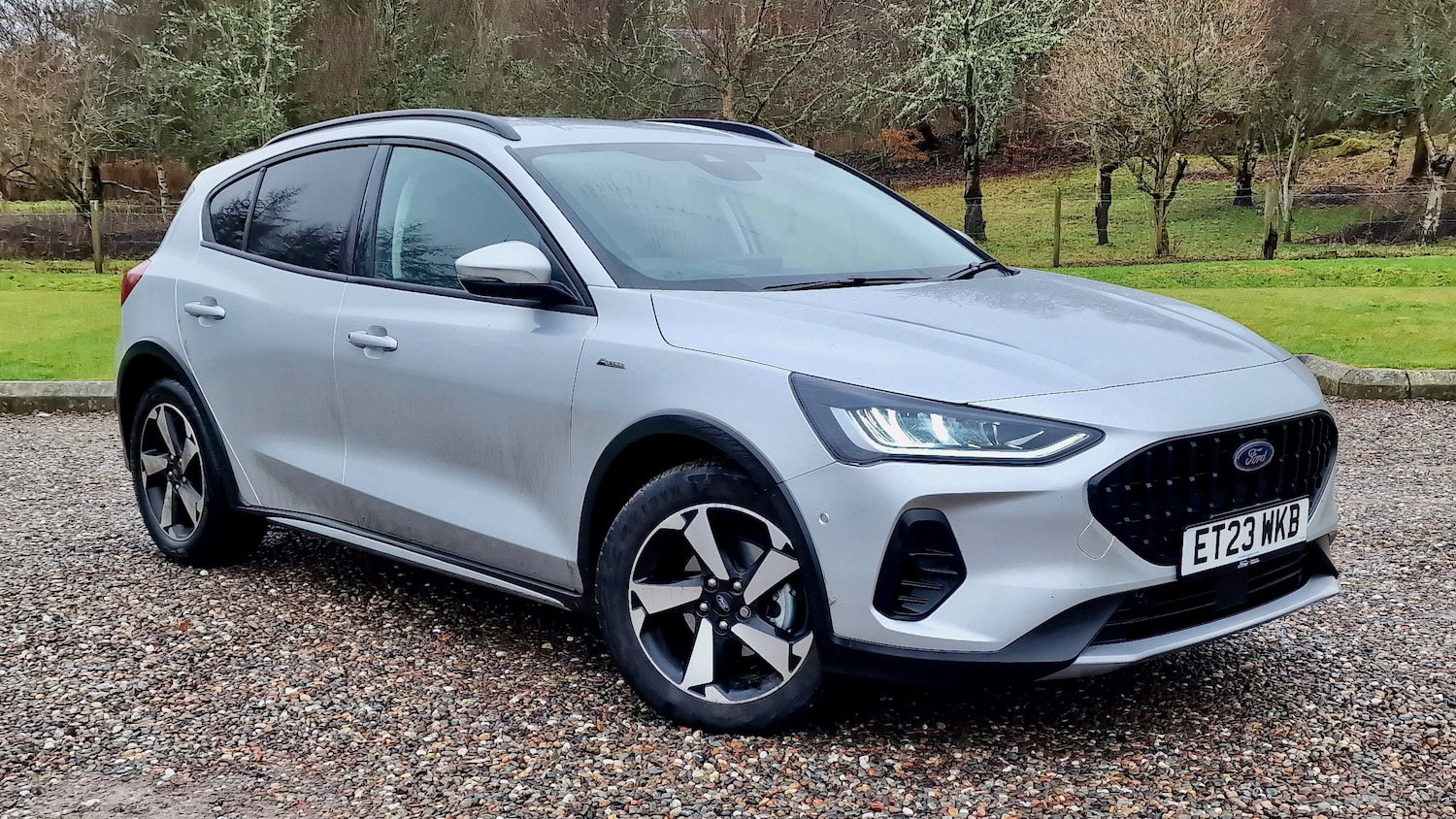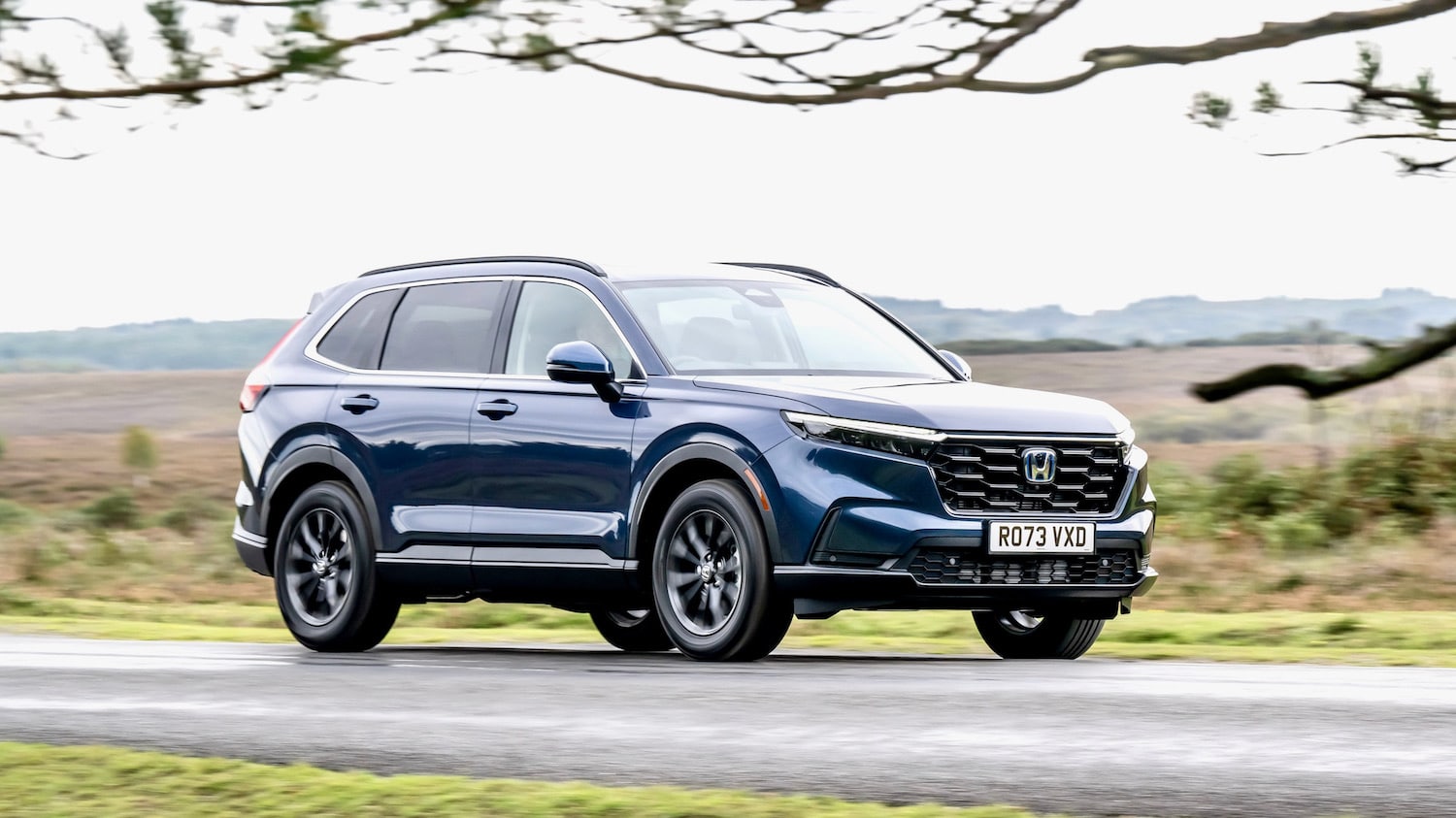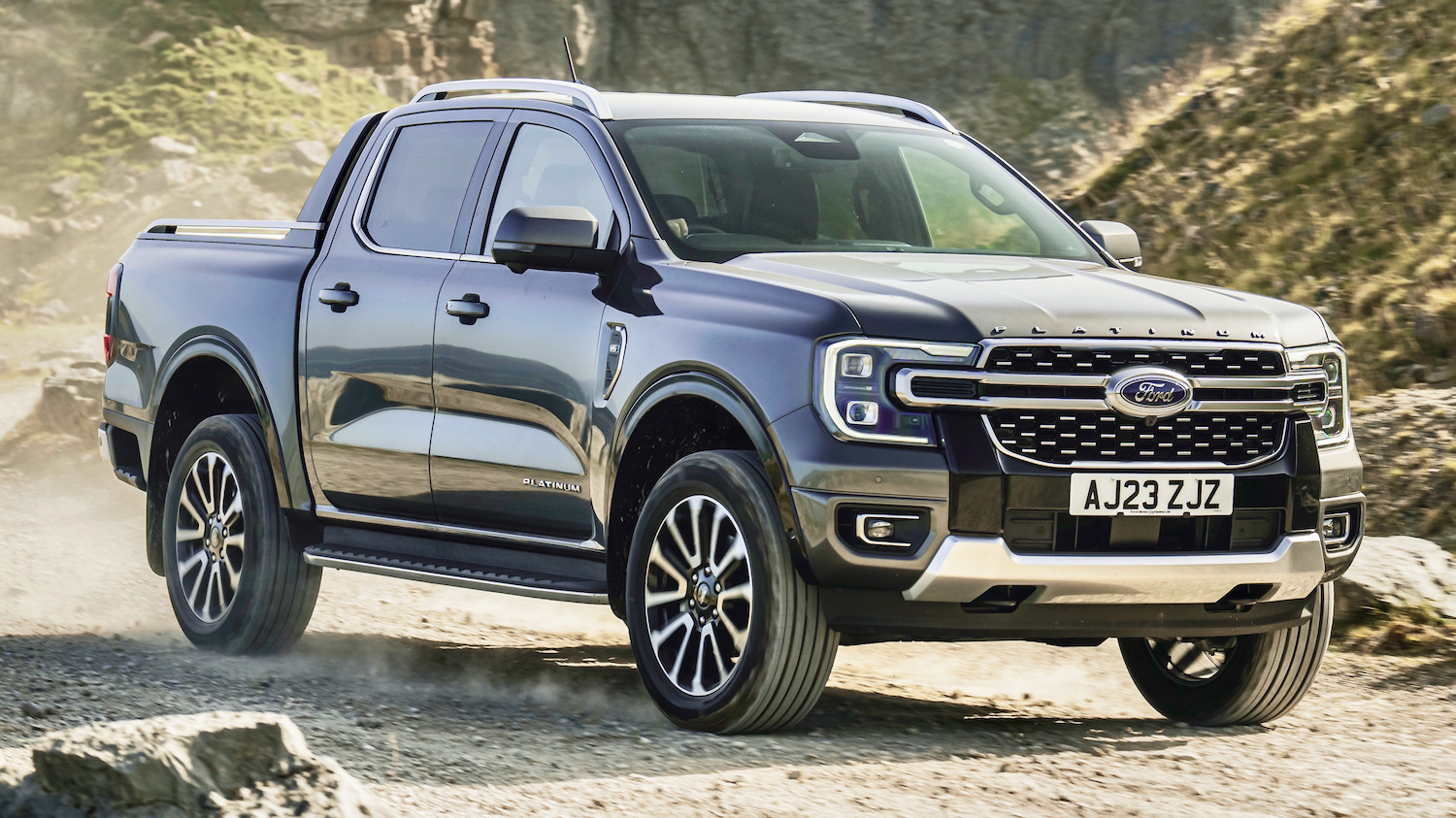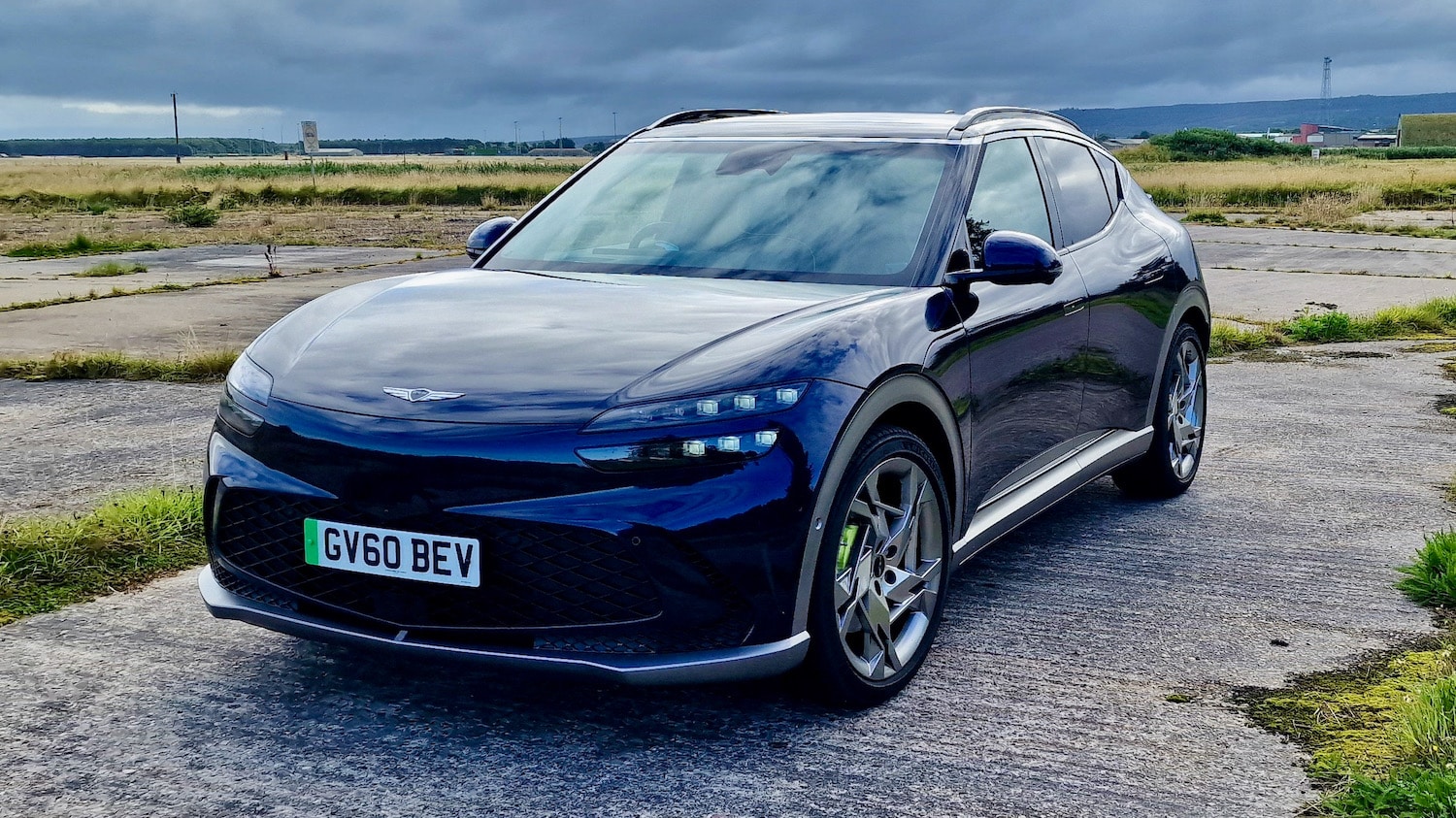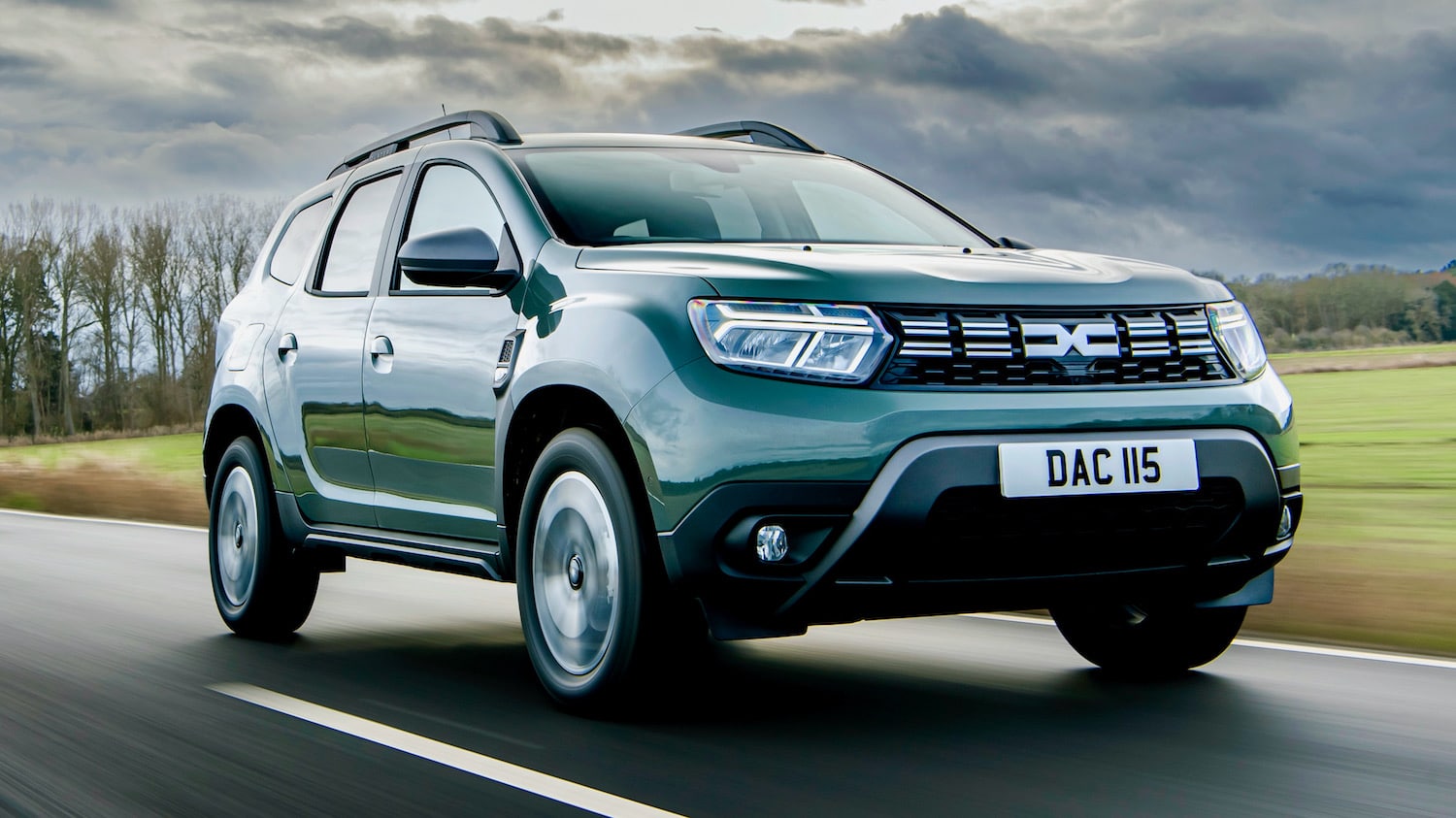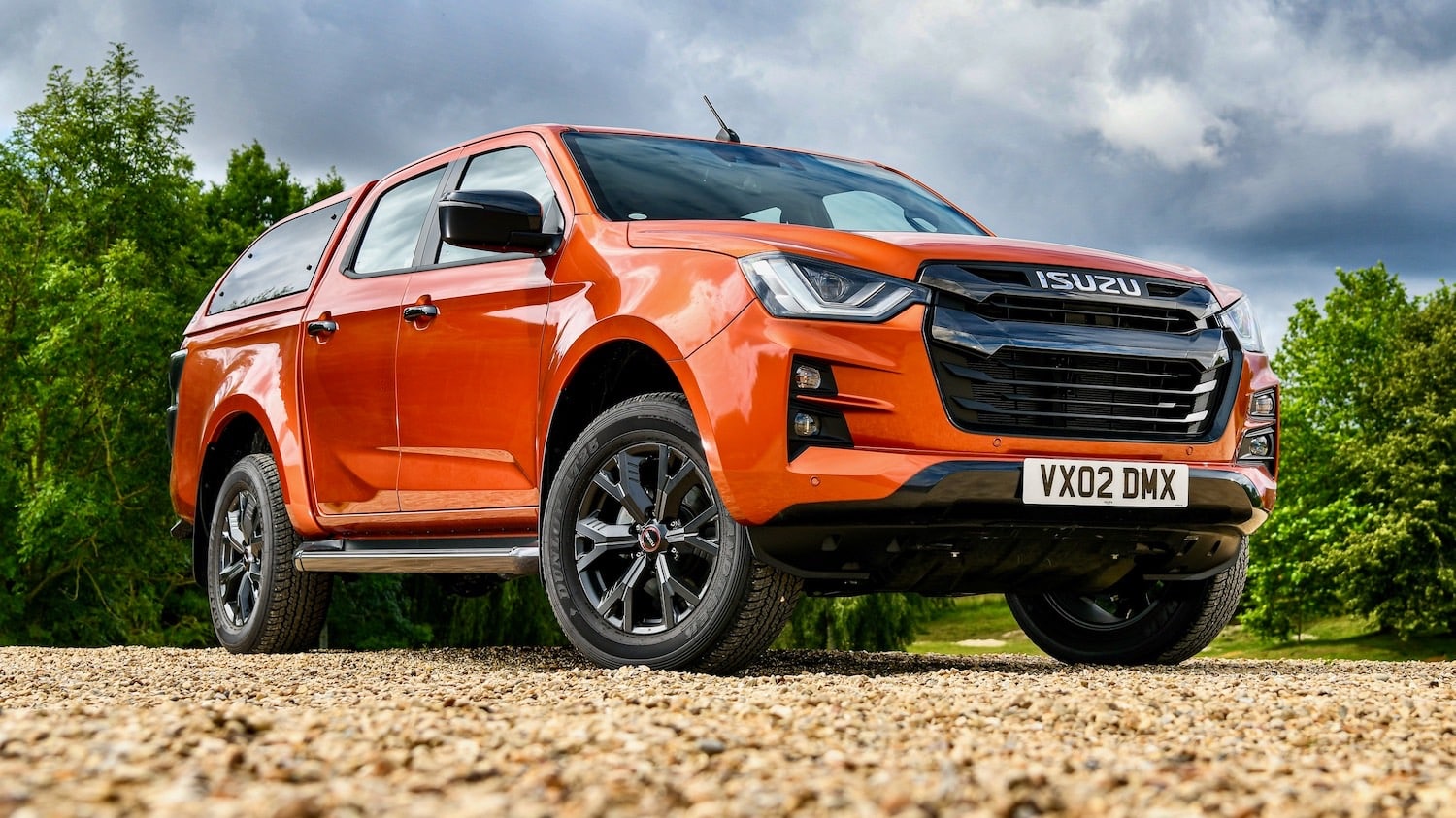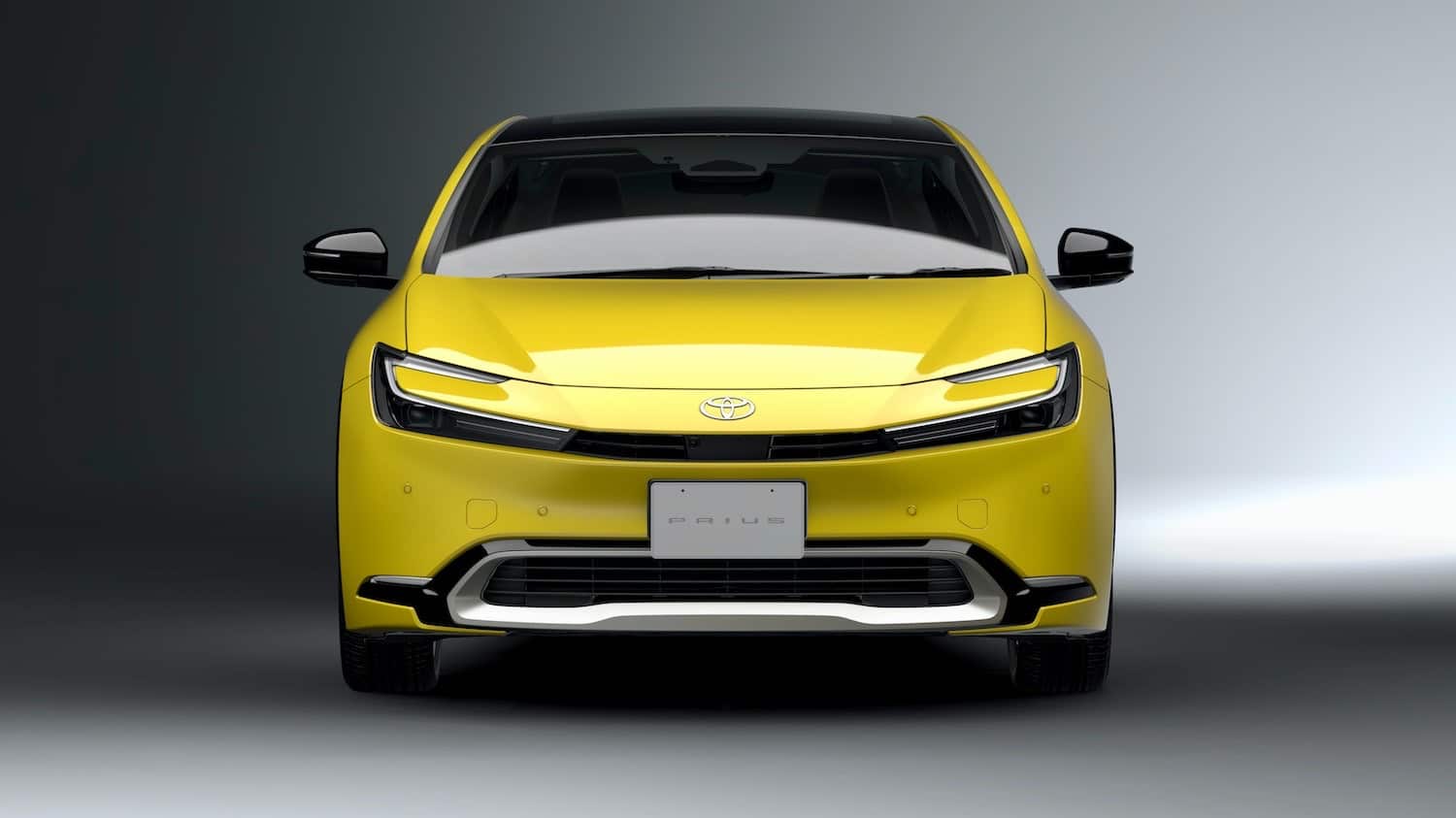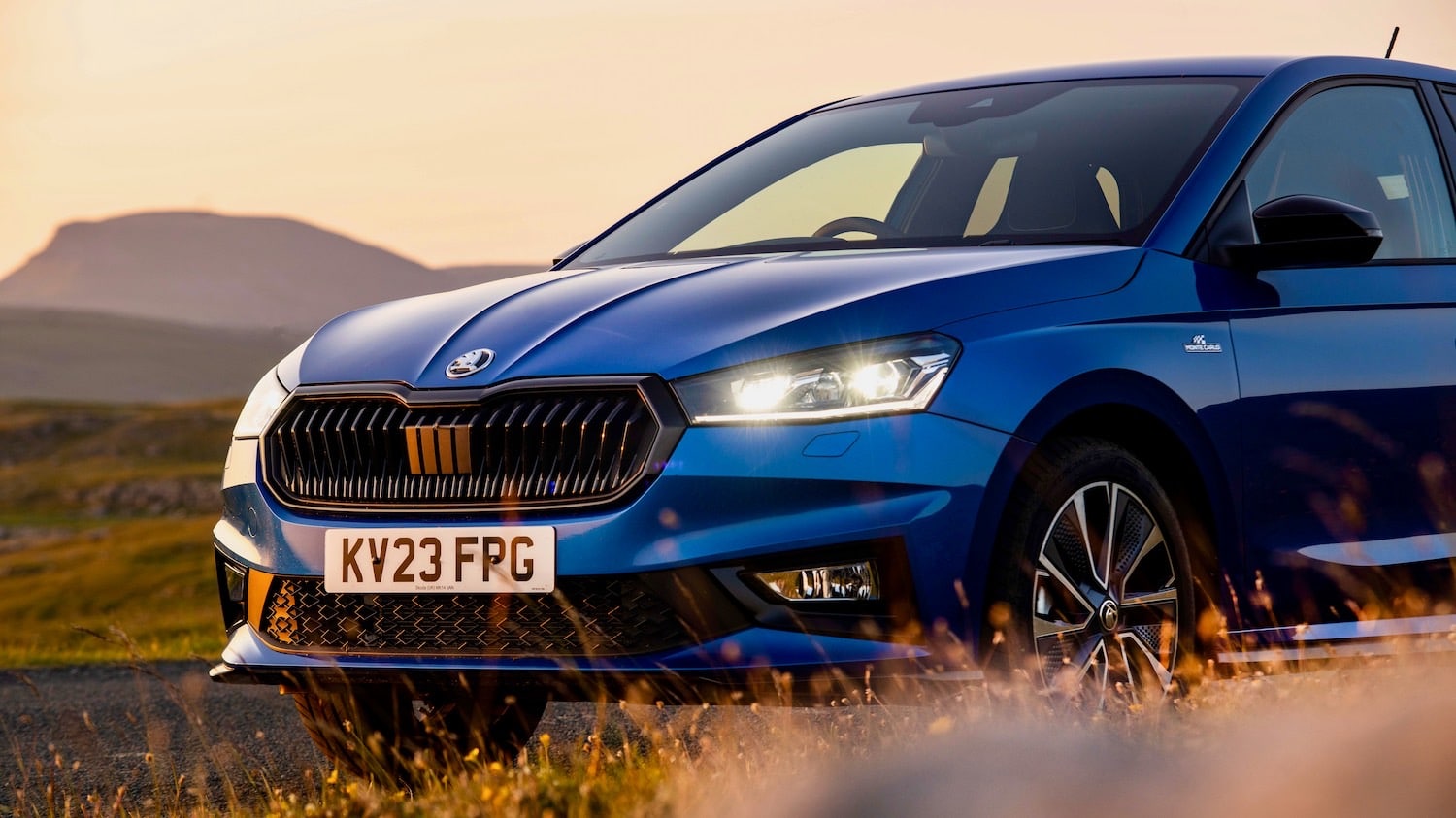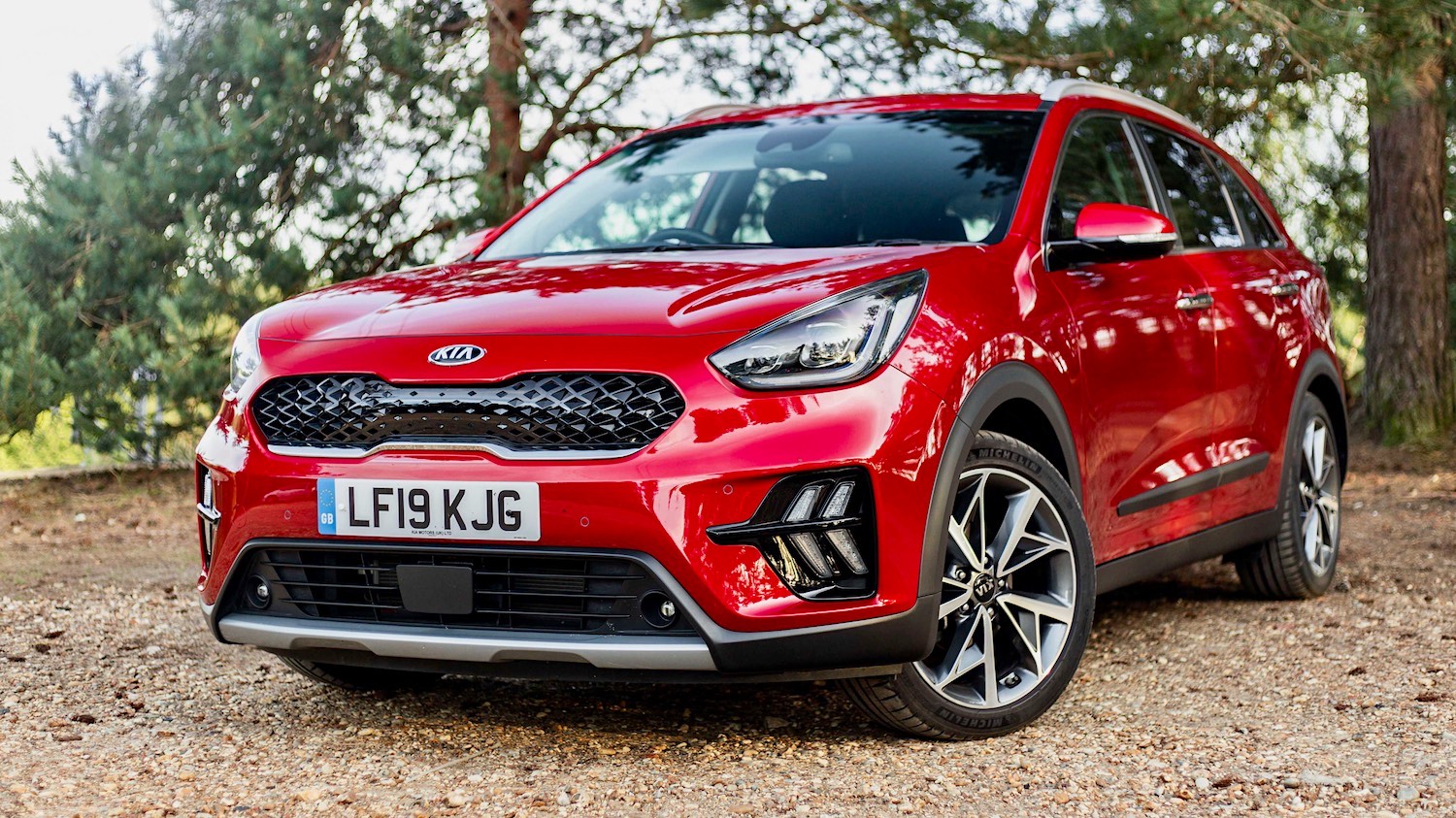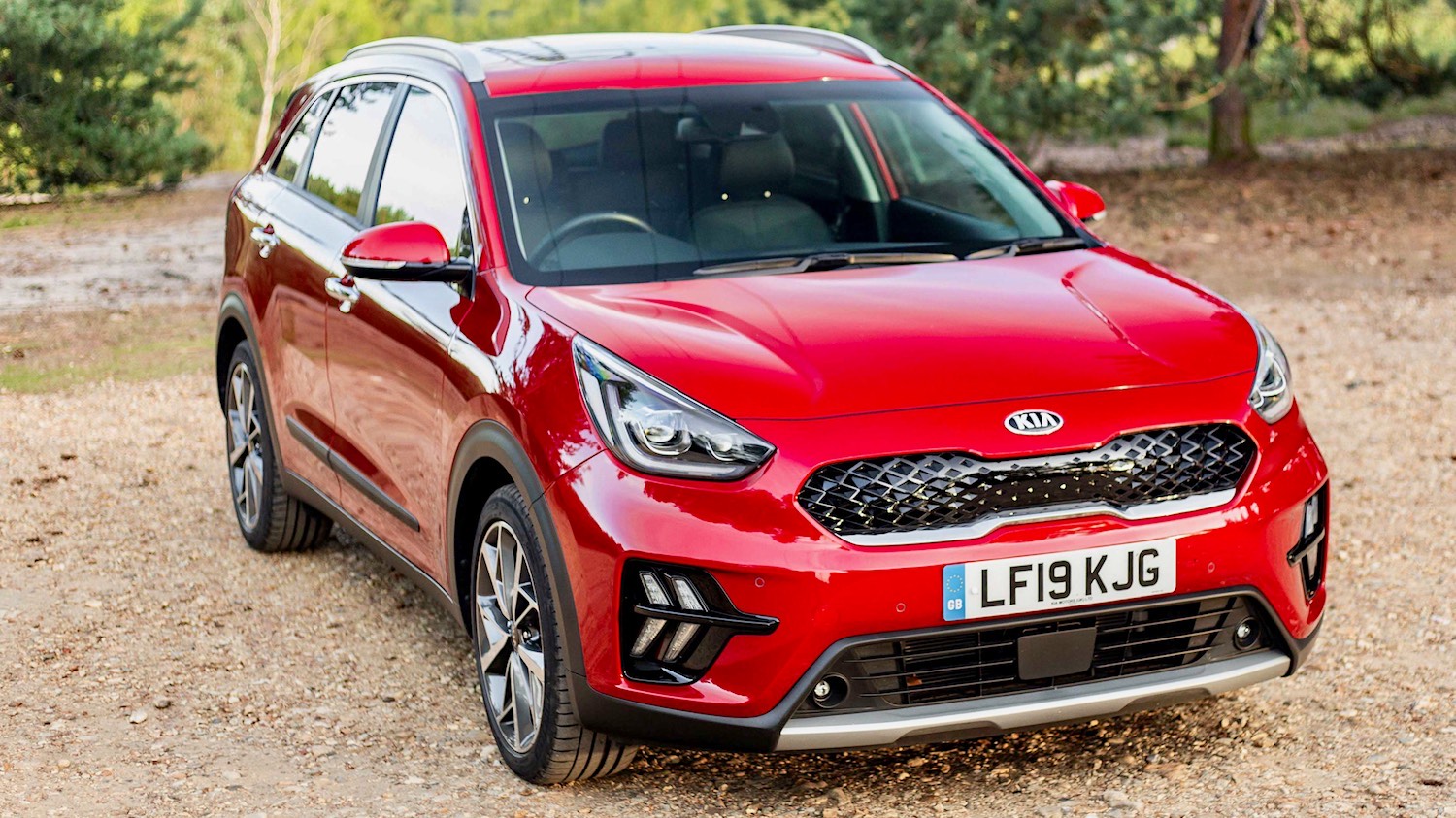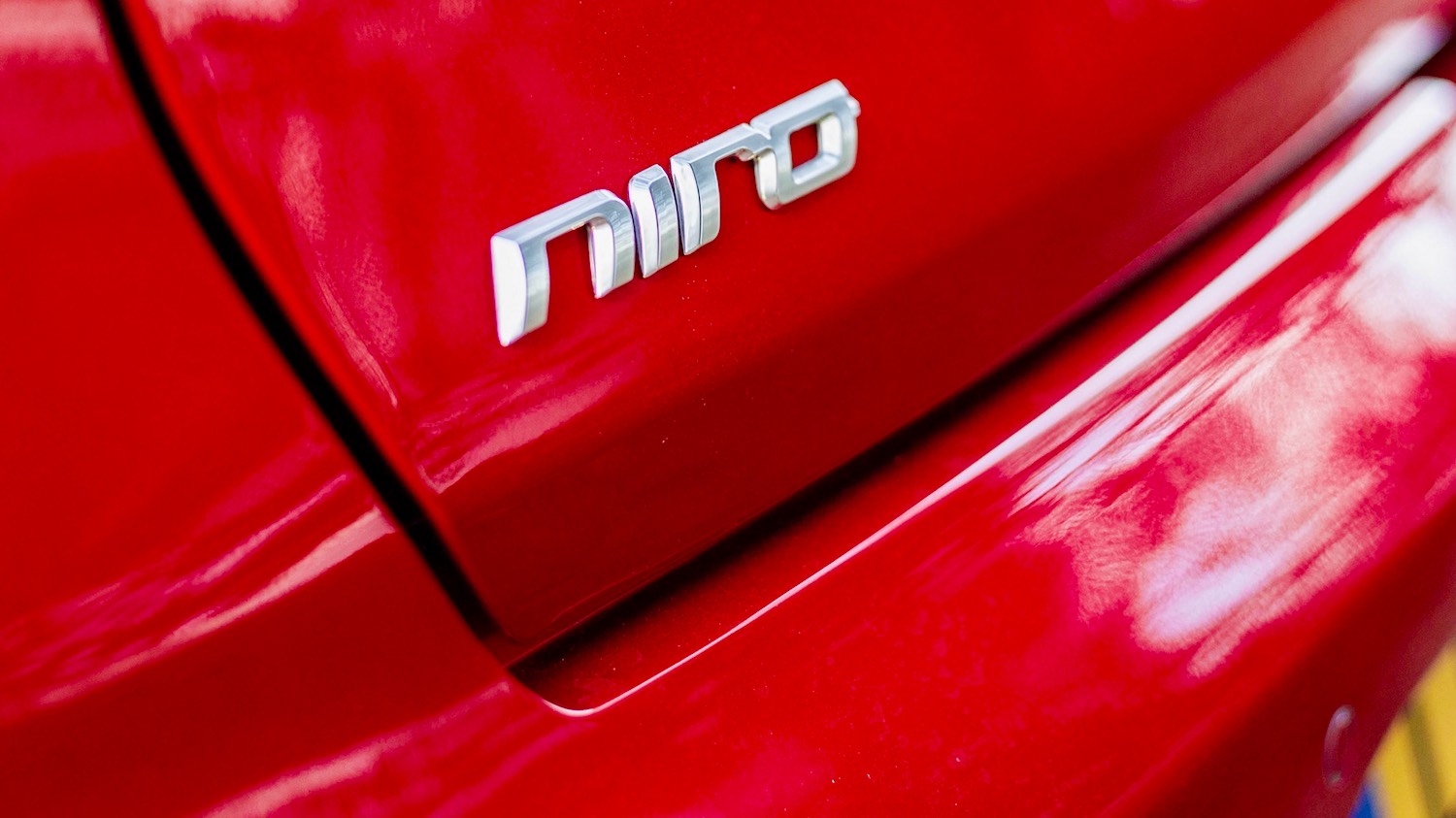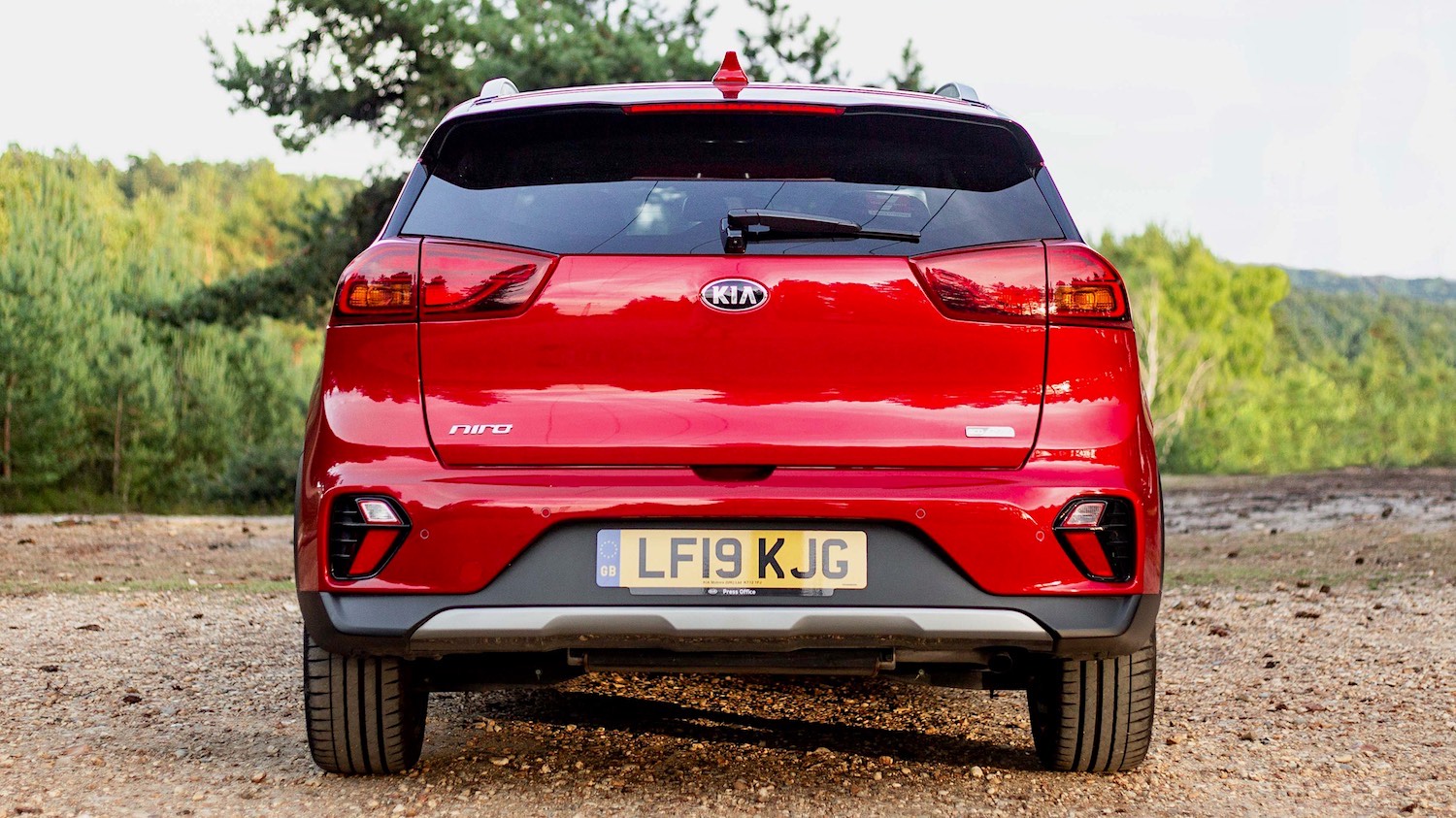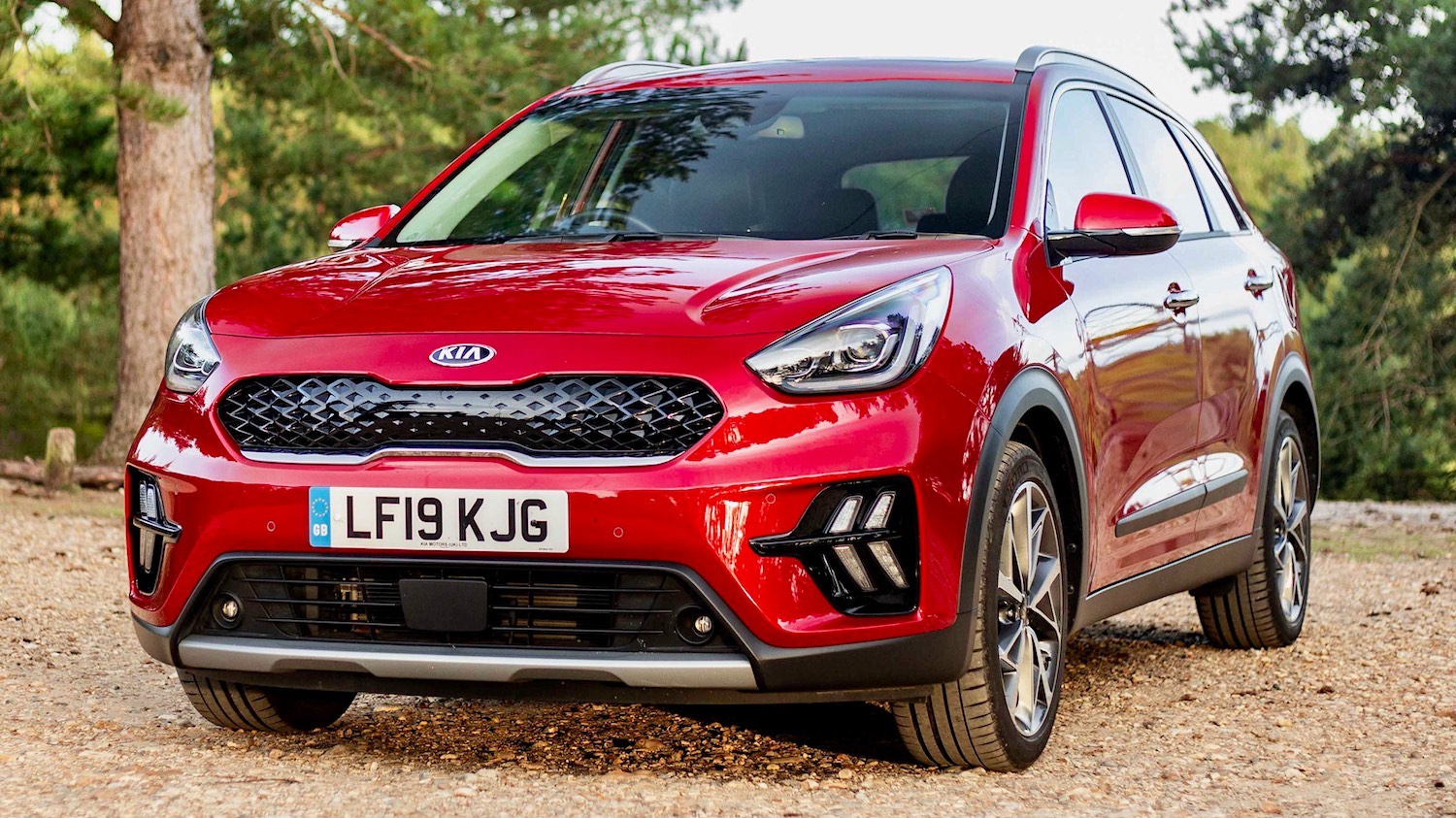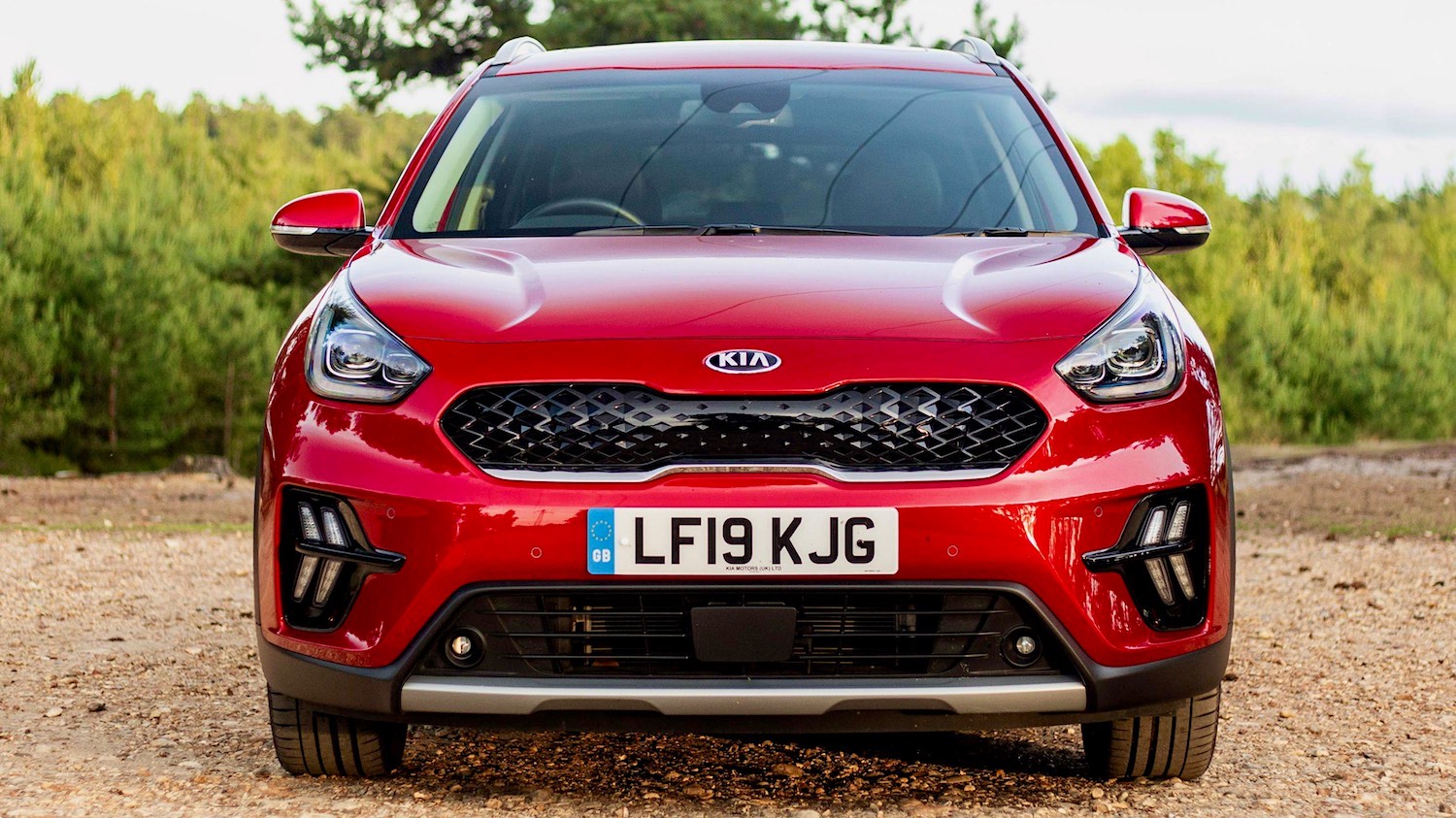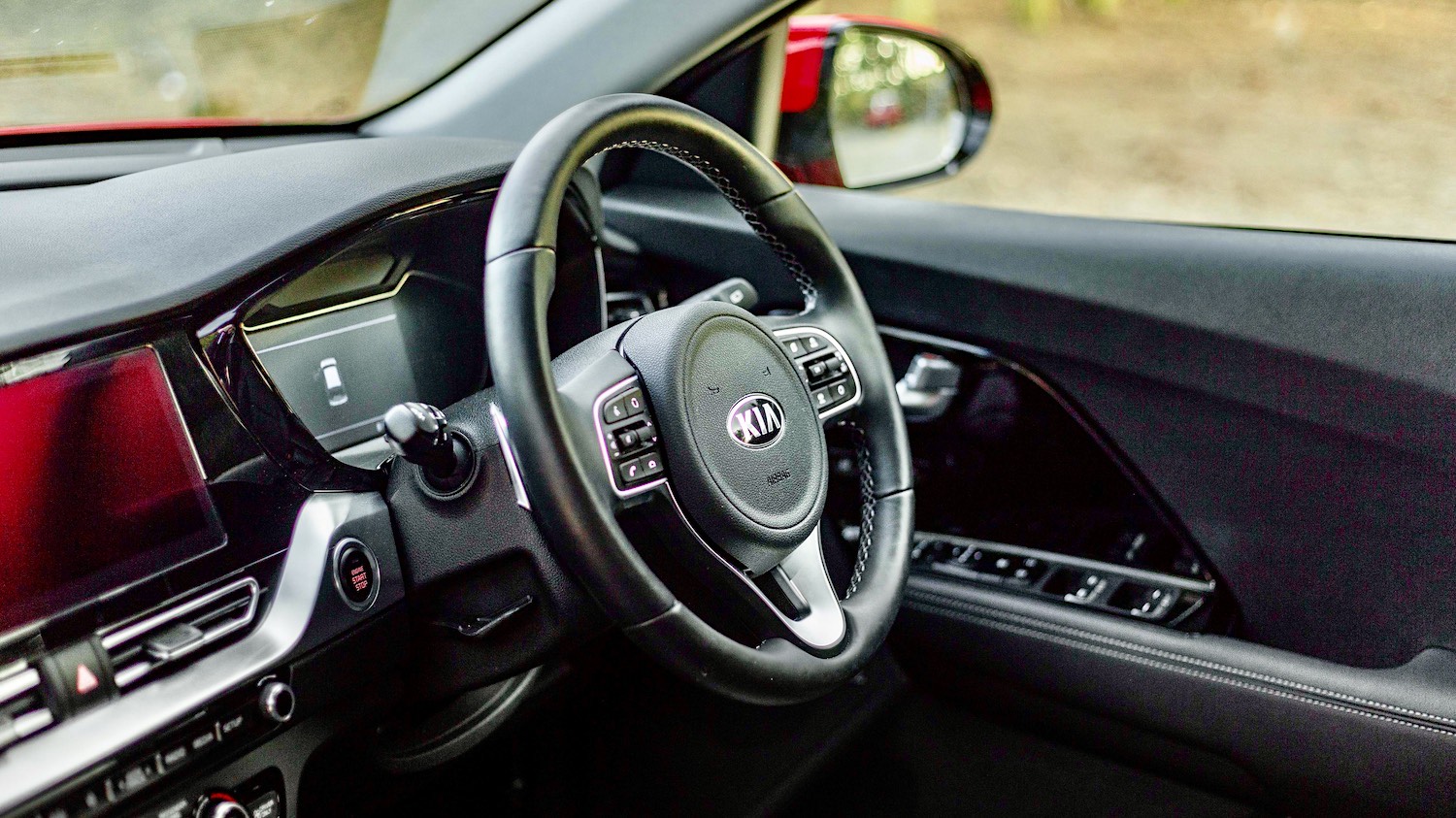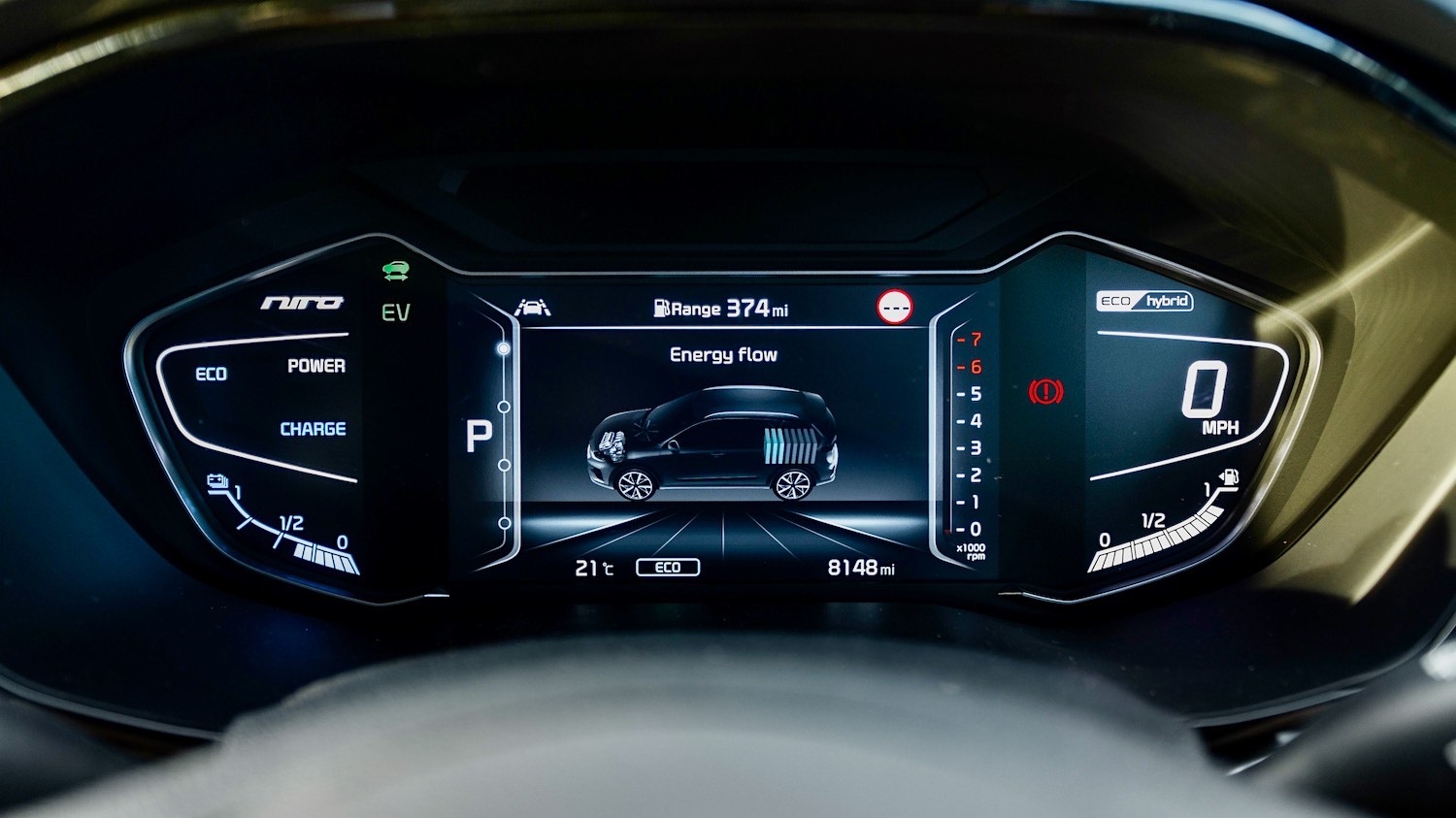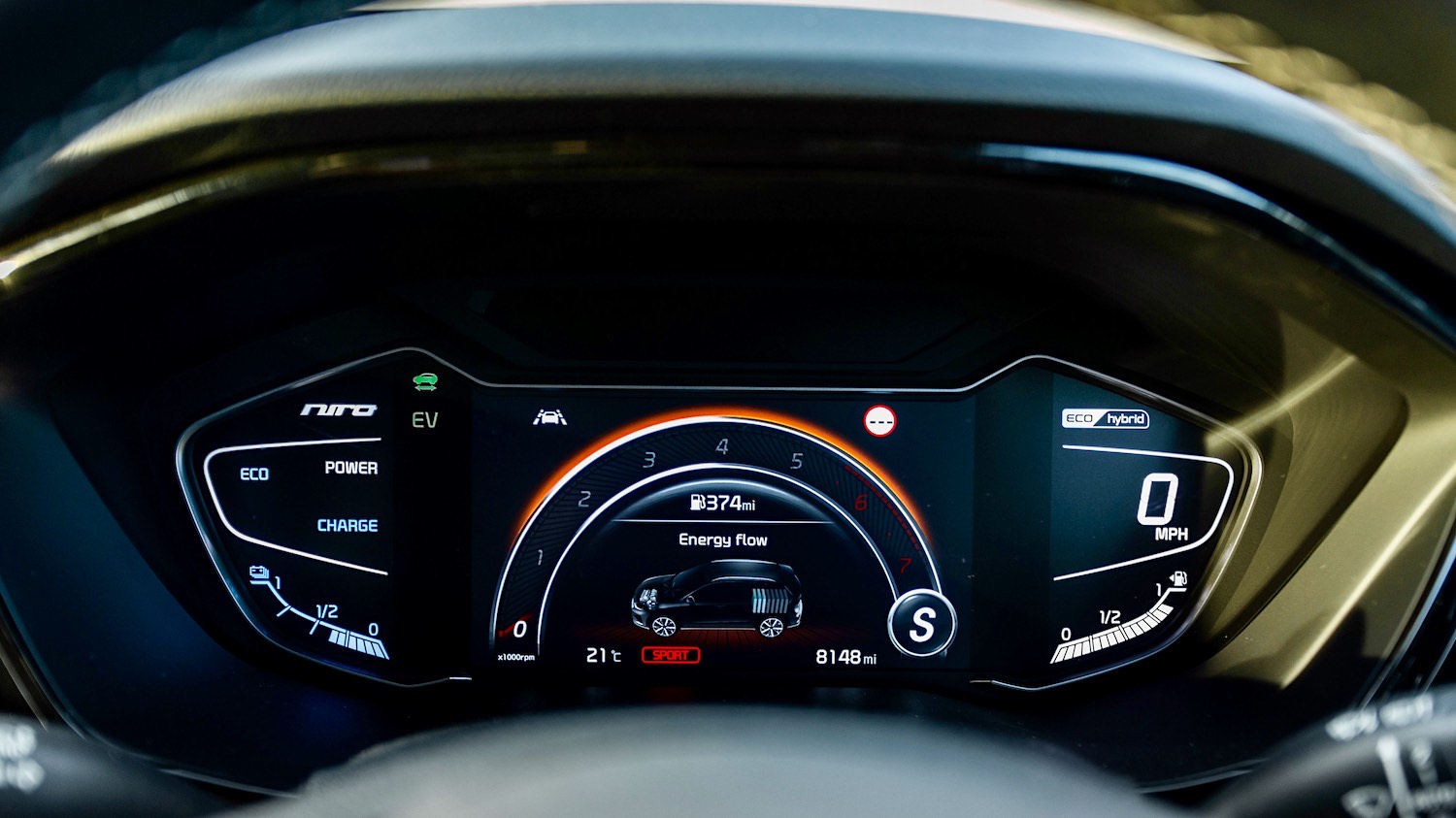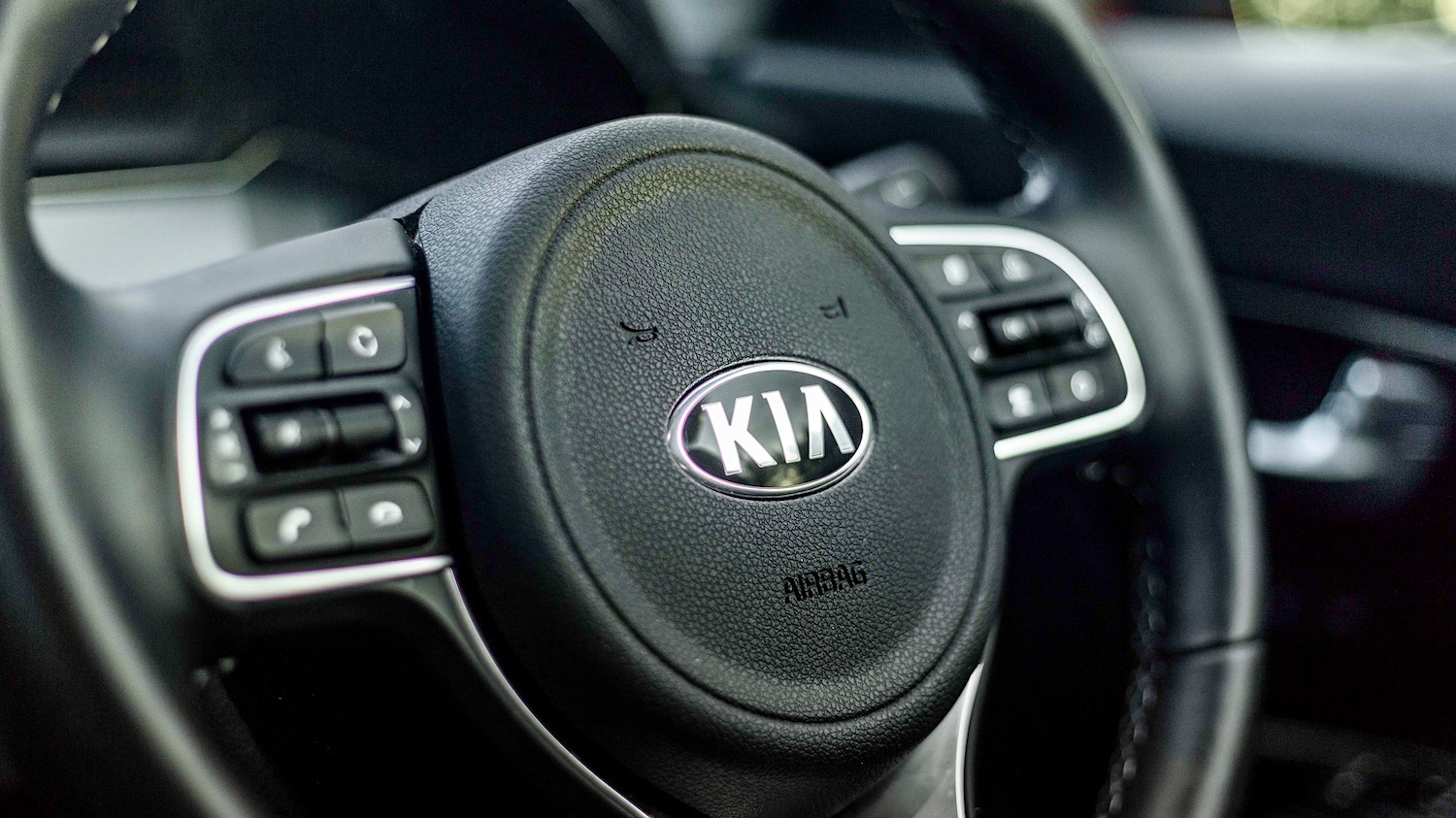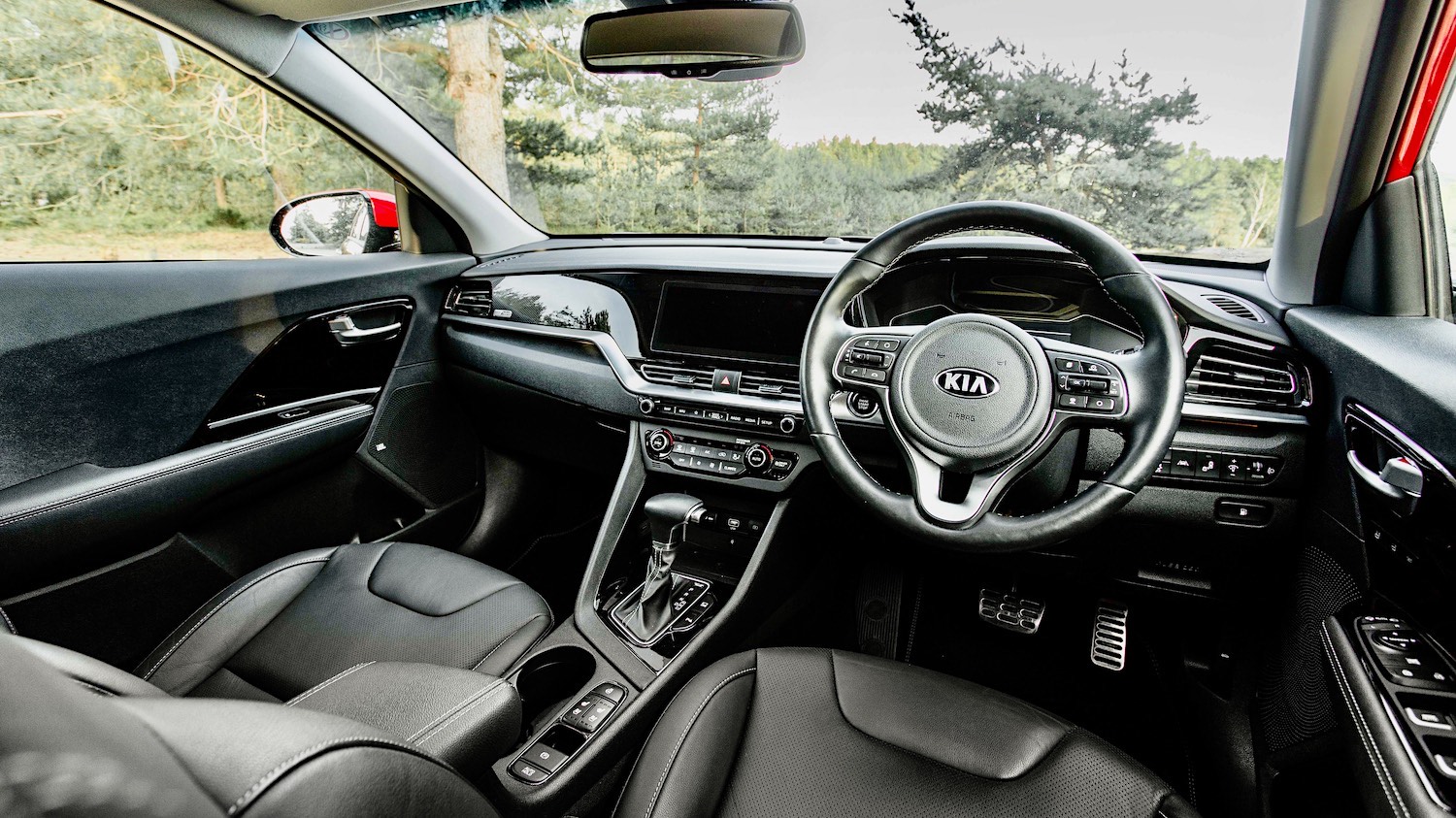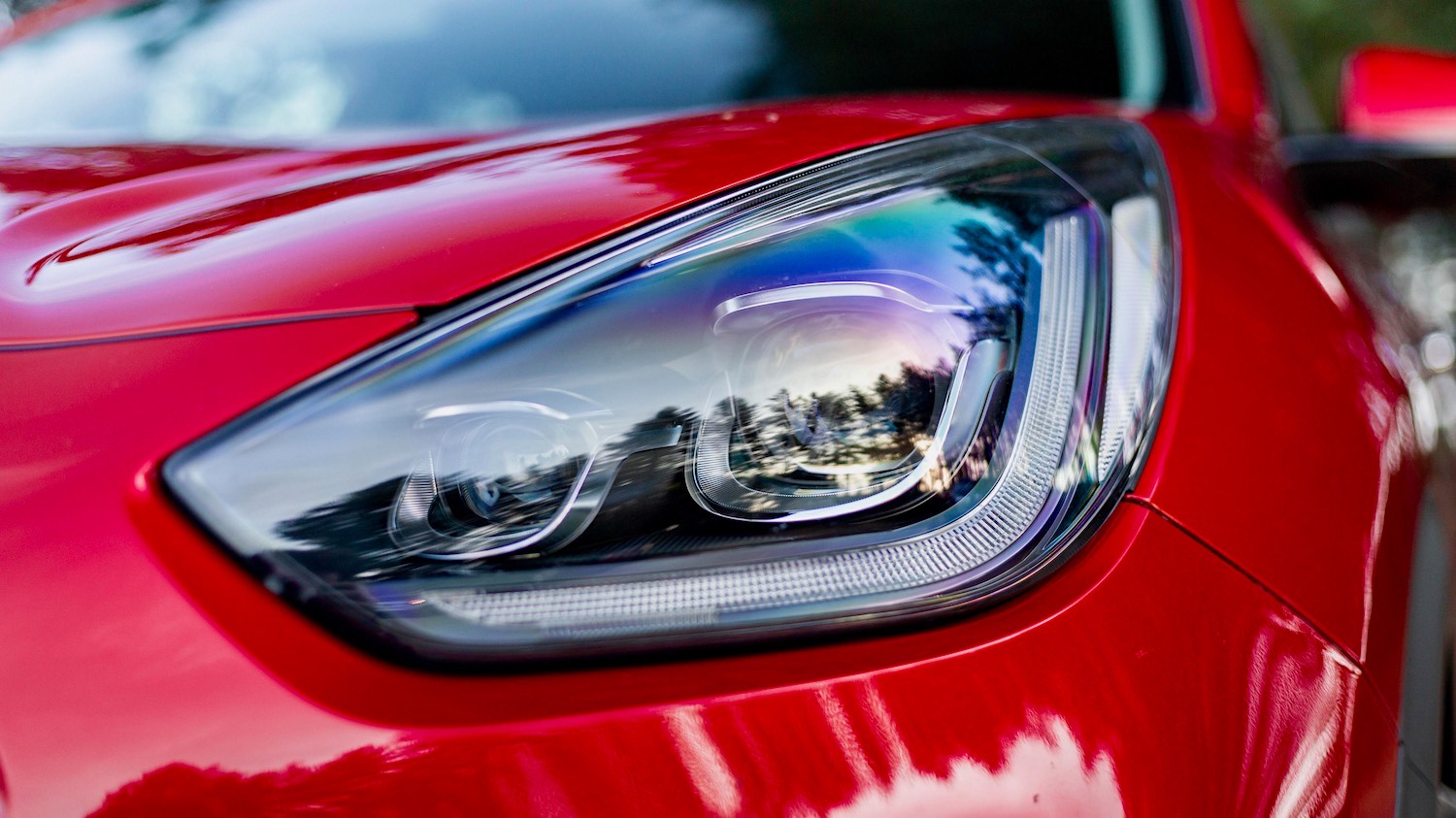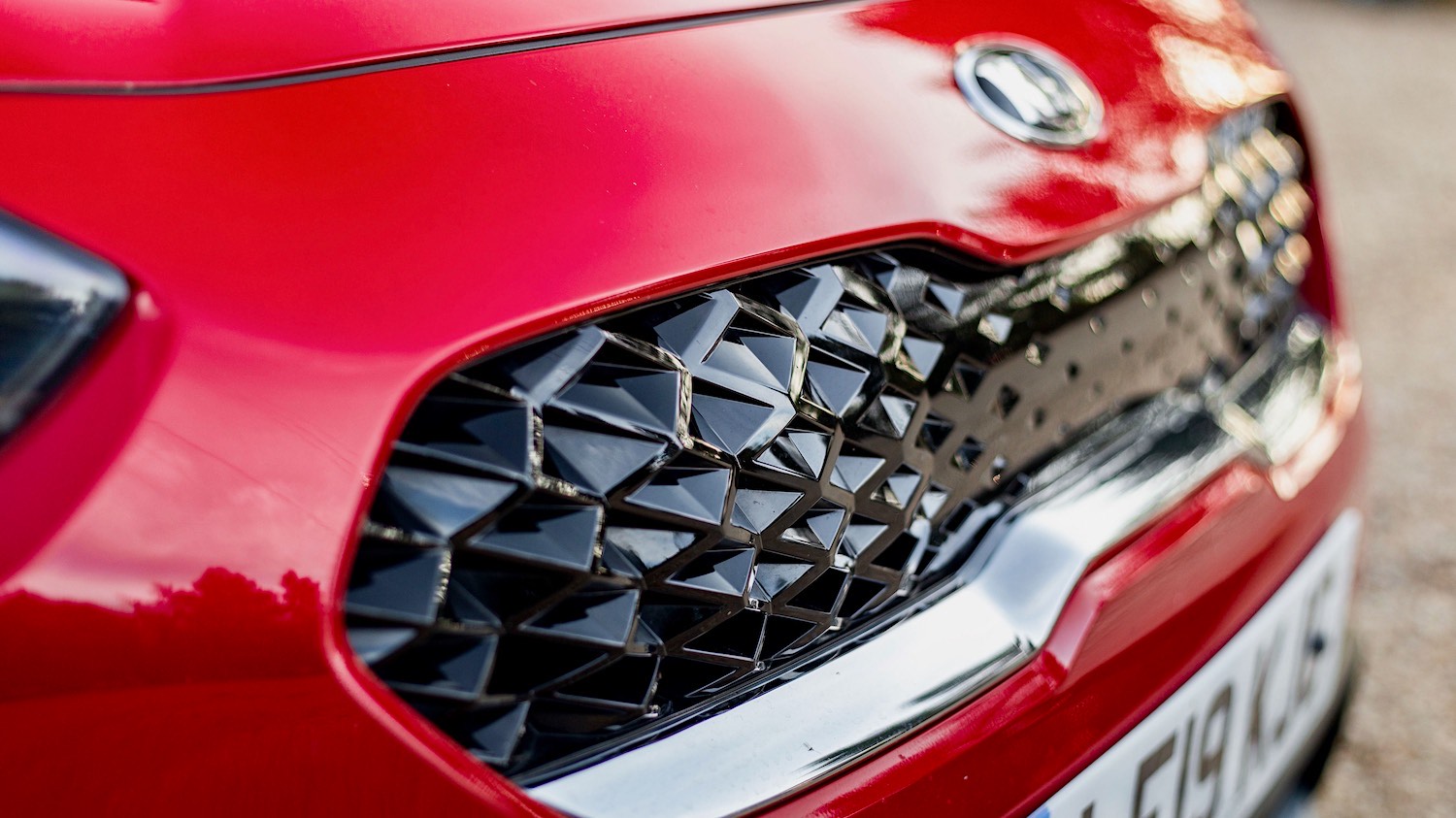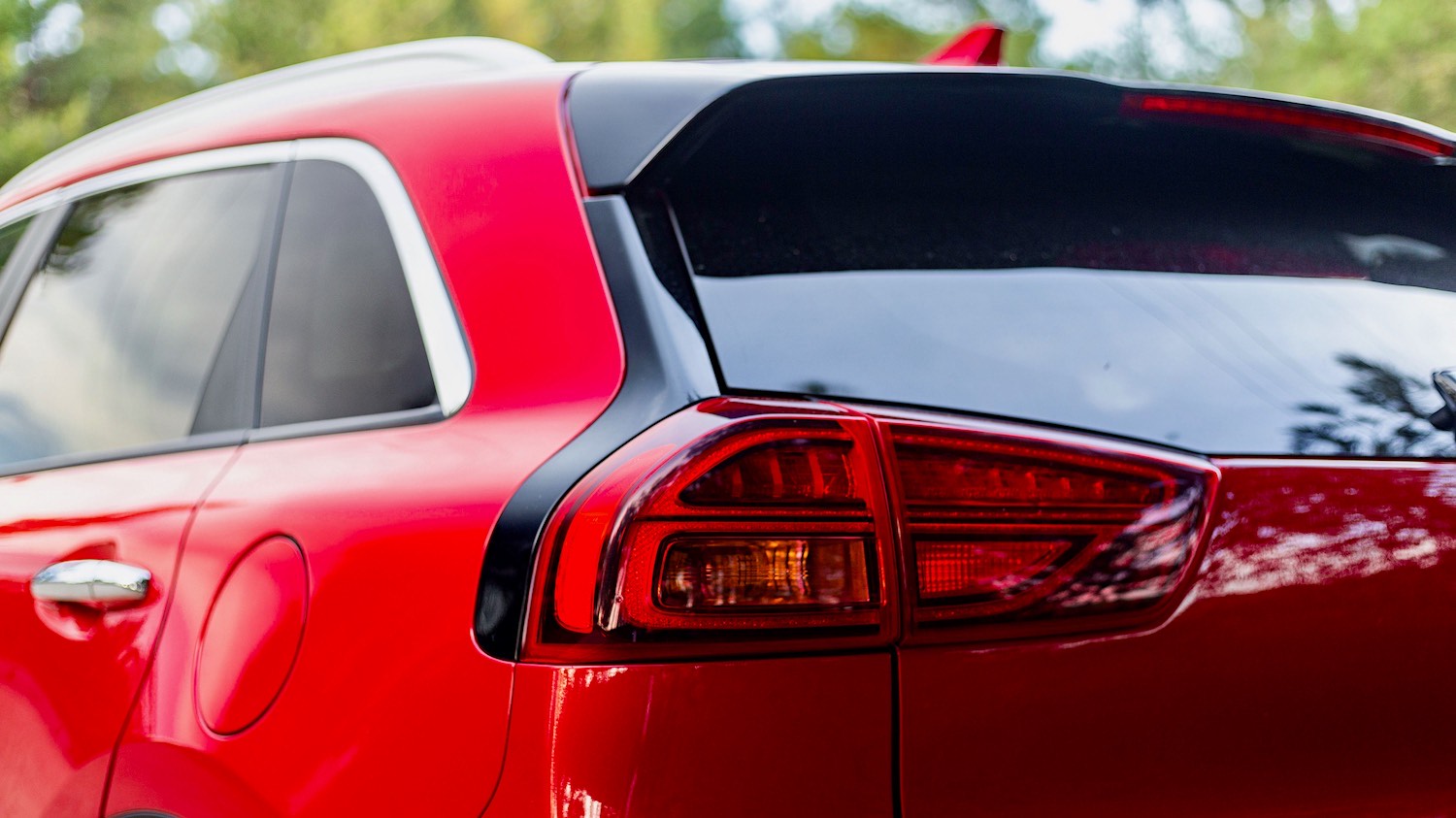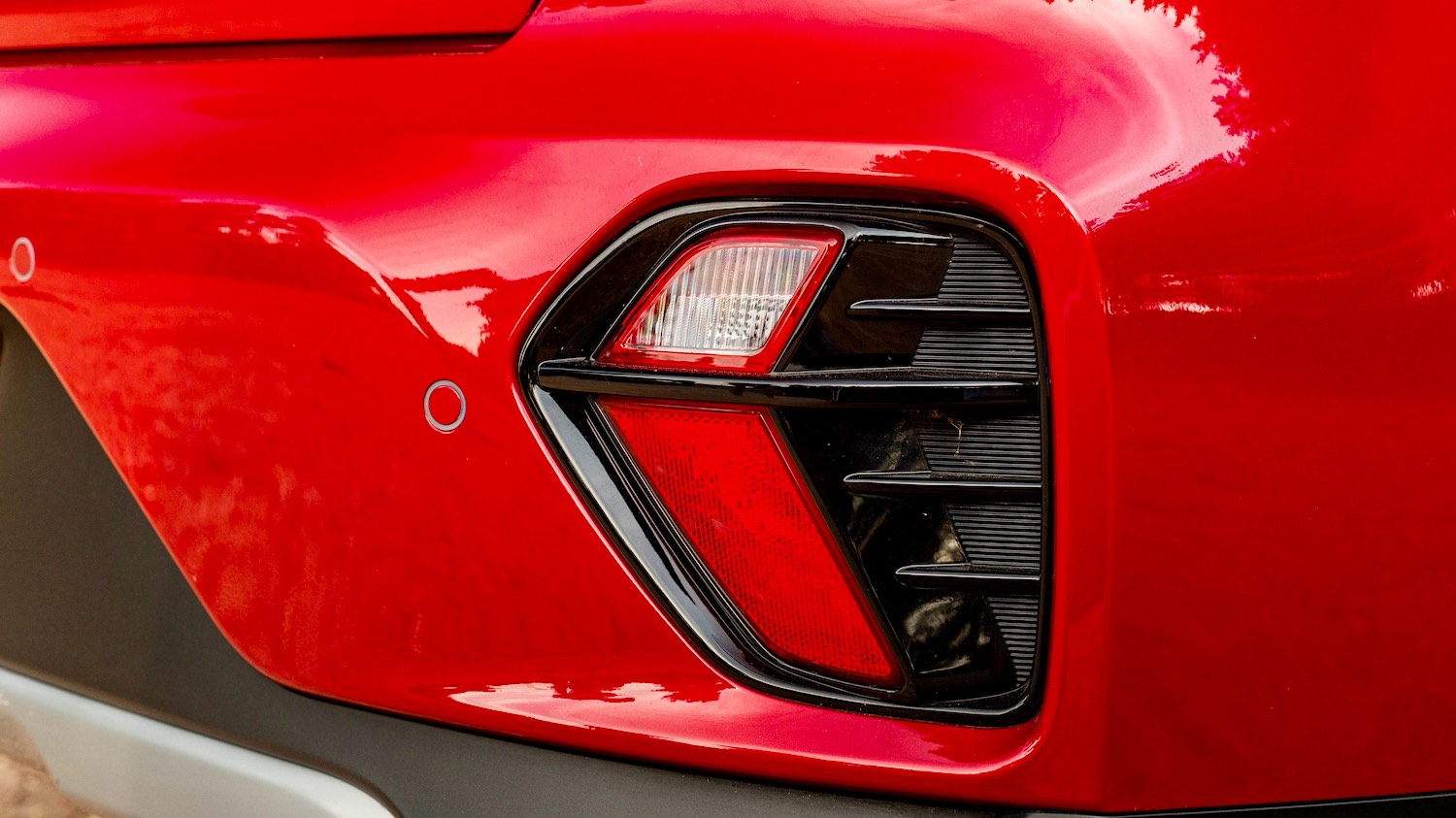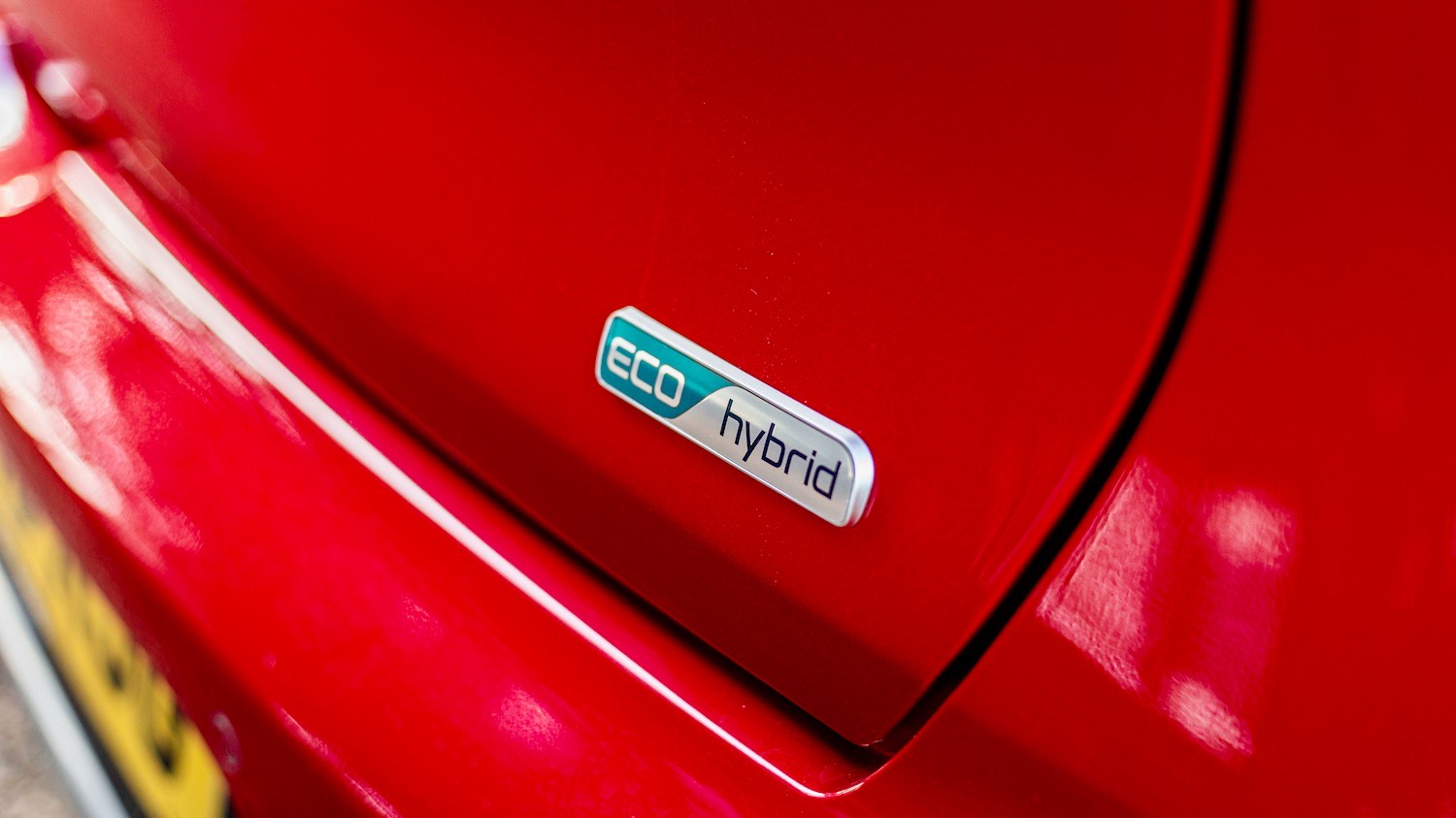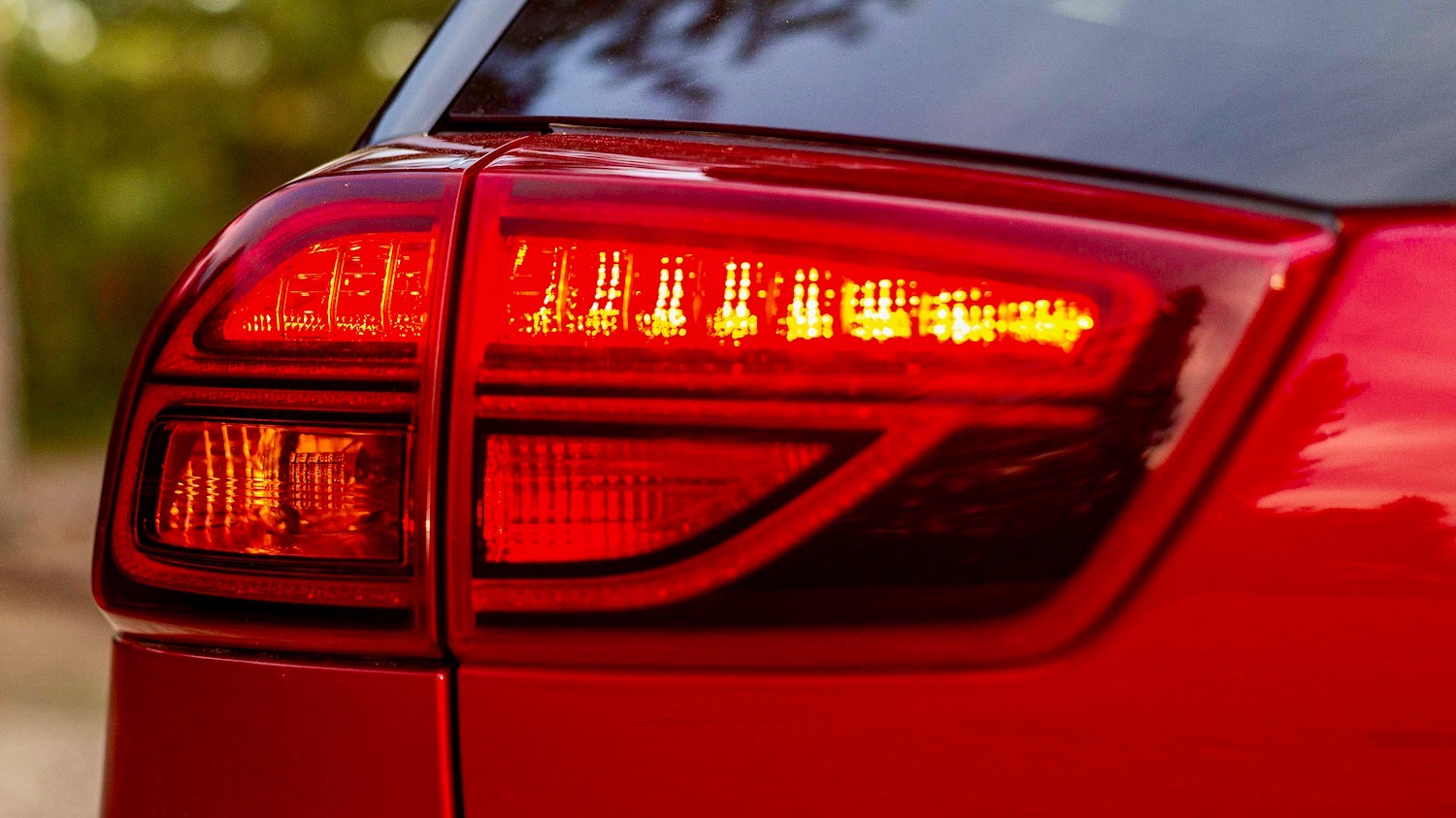The Kia Niro family of cars is Kia’s first exclusively ‘electrified’ range, offering both hybrid, PHEV and EV propulsion systems.
We had the self-charging hybrid (HEV) on test, but can the Niro HEV live up to Kias fantastic quality standards and provide a genuine eco-conscious alternative to their small family SUVs?
Designed to slot between the well-loved Ceed and excellent Sportage within the Kia range, the Niro HEV represents the South Korean manufacturers first foray into the world of dedicated hybrid cars, being built upon an all-new platform that was designed exclusively for EV and Hybrid vehicles.
All in all, this is a promising starting point, as it means that from the ground-up this is a family of vehicles that were designed with electrification in mind and with things such as battery location and dynamics being considered, rather than having to adapt a ‘traditional’ ICE chassis and deal with the various pitfalls that arise from such a situation.
Initial impressions of the Niro are certainly good – being the range-topping ‘4’ model the Niro HEV on test was loaded up with plenty of features and, as expected in a technology-focused hybrid, all of the latest Kia tech. From the outside, the ‘Runway Red’ metallic paint sparkled in the sunlight and made the Niro ‘pop’ against a sea of plain grey and silver cars – which also had the added bonus of making it easy to find when parked up; Should you not be a fan of red, there is also a gorgeous ‘Ocean Blue’ colour choice available which looks fantastic (and is the colour I wish was on a press car.
The plastic over-arches and large 19” wheels add a sense of purpose to the Niro and help enhance its road presence, which is further exaggerated by the swept-back daytime running lights in the lower bumper and wide bumper inset which contains the Niros fog lights. Make no mistake though, this is no rugged off-roader; All Niros are FWD only, so I wouldn’t suggest taking it any further off-road than an unpaved car park or gravel lane, though decent ground clearance means it is perfectly suited to minor country life duties.
Moving inside the Niro HEV, the slightly faux-rugged appearance of the exterior gives way to a plethora of leather and high-gloss details in the cabin, which is more silicon-valley in style than you’d perhaps expect from Kia – very impressive indeed.
The dashboard is dominated by a 10.25” touchscreen, whilst in front of the driver is a virtual cockpit in place of the traditional instrument dials which furthers the message that this is indeed a tech-focused car for the eco-conscious driver. Apple Carplay, Android Auto and wireless phone charging (where compatible) are all included in the ‘3’ and ‘4’ specification models, giving the driver plenty of choice and control over media sources and navigation systems. One thing that is certainly worth highlighting here is the touchscreen system itself; The system on the Niro is by far and away the best that I’ve used in any Kia product, responding far faster and with better control than in the Sportage or Stonic – top marks for Kia here then.
The aforementioned virtual cockpit is clear and easy to use, with a choice of various readouts available on the central information portion of the screen. Real-time regen and propulsion source information is the default display, with a very clever animation showing energy going to/from the batteries located under the rear seat, though admittedly it is rather easy to get distracted by this. Given that the car is so technology-heavy and feels so up-to-date, it seems an odd omission from Kia to not have navigation mirroring on the virtual cockpit rather than having to take your eyes off the road and look over at the central display.
For the top-spec ‘4’ grade, the Niro benefits from an 8-speaker JBL sound system, though even after tweaking the equaliser settings extensively I struggled to get any real low-end ‘punch’ from the system; There is a very similar setup on the GT-Line S Sportage that I tested prior to this, and the addition of the external subwoofer on the Sportage sorted this problem out, which seems like an unusual feature to omit from the Niros upgraded stereo system.
Practicality is another strong point with the Niro, but it is unlikely you’ll be buying a car such as this based on its practical merits alone. Rear seat passengers have plenty of room even if you’re 6ft+, with ample leg and headroom available making it ideal for families that may have to transport adults in the back. In the front, the driver gets a power-adjustable seat though unusually for a top-spec model the passenger has manual controls; This may be a weight-saving choice thanks to the eco nature of the car (the seats themselves were designed to save 1.3kg each) though despite the lack of power controls on the passenger side they are very comfortable indeed. Boot space is better than you may expect in a hybrid thanks to the batteries being located under the rear seats thanks to the all-new hybrid chassis architecture, which allows for a 373-litre boot capacity with the seats up and gives the added benefit of a flat loading floor.
On the road the Niro takes some getting used to if you’ve never driven a hybrid before, though that’s certainly not a bad thing. Battery regeneration levels are controlled via the paddle shifters in ‘normal’ mode, with the choice of 3 different levels of regeneration or the option to switch it off completely if this isn’t your thing. The brakes were the trickiest bit to get used to, requiring a much firmer action than any other car that I’ve ever driven, which is likely down to the regen system capturing the braking energy and putting it back into the batteries. Steering is sensibly weighted and visibility is very good thanks to the deep windows and big glasshouse, which made parking the Niro a piece of cake – ideal for urban environments where a ‘clean’ hybrid such as this is most at home. Should you really get stuck, front/rear parking sensors and a crystal-clear reversing camera are available to you in the ‘4’ spec model.
The battery system propels the Niro HEV at low speeds or whilst coasting such as when parking, driving in stop-start traffic or coasting on the motorway, with the 1.6-litre combustion engine kicking in when accelerating, charging the batteries or doing more varied driving. The switch between EV and ICE power is slightly noticeable when the car has just been started, though once warmed up this transition is buttery-smooth and barely noticeable by the driver.
Move the gear selector across into ‘sport’ mode and the virtual cockpit changes its display into a more motorsport-inspired orange-and-black theme, accompanied by some dynamic graphic effects. The paddle shifters switch from controlling regen to shifting the 6-speed transmission, though other than this I couldn’t particularly feel any discernible difference between eco and sport modes apart from the transmission hanging on each gear for longer.
Despite these promising driving characteristics, I did, however, it quite tricky to get into a comfortable driving position with the Niro unfortunately, although the power-adjustable seats did make it easy to fine-tune once I’d got there; The option to save 2 two individual seat position ‘profiles’ is a nice touch, meaning you could easily share this car with another driver on a regular basis and switch between your ideal driving seat positions at the mere touch of a button.
At 29,600 OTR, the Kia Niro ‘4’ HEV isn’t the cheapest hybrid available, but the top-spec model does benefit from a plush interior, all the gadgets you could ever need and up-to-date technology and design. A WLTP figure of 54.3 mpg also means your wallet won’t be reeling from being at the petrol station as often as a conventional car (I managed to see 51mpg during my time with the Niro, so the figure is pretty accurate) whilst a large percentage of sales are to fleet management companies (around 60%) meaning the Niro Hybrid is ideally suited as a car for the eco-conscious businessperson.
With hybrid technology, excellent infotainment and an outstanding interior design, I expect the Niro to remain popular for as long as it is on sale, though I do also expect to see a shift towards PHEVs and EV-only models for Kia in the future.
Car reviewed: Niro 1.6 GDi HEV ‘4’ 6-speed DCT, on the road price £29,600 0-62mph 11.1secs Top speed 101mph Engine 1580cc 4 cylinder unleaded Fuel Economy Combined 54.3mpg CO2 emissions 120g/km Max Power 139bhp@5700rpm Torque 265Nm@4000rpm Transmission 6-speed DCT
What the others say on YouTube
A selection of the latest video reviews of this car….Just click to watch on this page.

Kieran Bicknell
Motoring writer
Kieran Bicknell offers his fresh take on car reviews by making the most of his dynamic, yet detailed approach to writing. Having graduated from university with a BA (Hons) in Photography and spending a number of years as a freelance automotive photographer. Kieran is now putting his knowledge and writing skills to use, with the ability to supply both written articles and imagery. Kieran feels at home in anything from small superminis to the latest SUVs, and relishes the opportunity to drive, photograph and write about anything with four wheels.
Recent Reviews
The latest cars, suvs and crossovers reviewed by our experienced journalists.
Kia EV9 GT-Line S, a modern day spaceship
The Kia EV9 isn’t just another SUV. It’s a lifestyle choice, navigating family practicality with a streak of futuristic originality Car Reviewed: Kia EV9 GT-Line S This time, the award winning Kia brand has taken the must-have SUV characteristics and advanced them one step beyond, combining a more visionary design with cutting-edge tech throughout. Targeting…
Nissan X-Trail e-Power, takes charge
The Nissan X-Trail e-Power, no need to charge this one Car Reviewed: Nissan X-Trail e-Power Tekna It’s been some time since the first Nissan X-Trail, 23 years in fact. In 2001, Nissan loaded up its commercial rifle and aimed it at Toyota’s Rav4 and Land Rover’s Freelander. The X-Trail was considered a better drive than…
Škoda Octavia Estate, a big seller
Diesel cars are nearing extinction. Long live the Škoda Octavia Estate turbo-diesel Car Reviewed: Škoda Octavia Estate SE L 2.0TDI 150 It’s going to become a model we look back upon and ponder, wondering why such a thoroughly good all-rounder has to be replaced by much more expensive, less practical, and, frankly, less satisfying electric…
